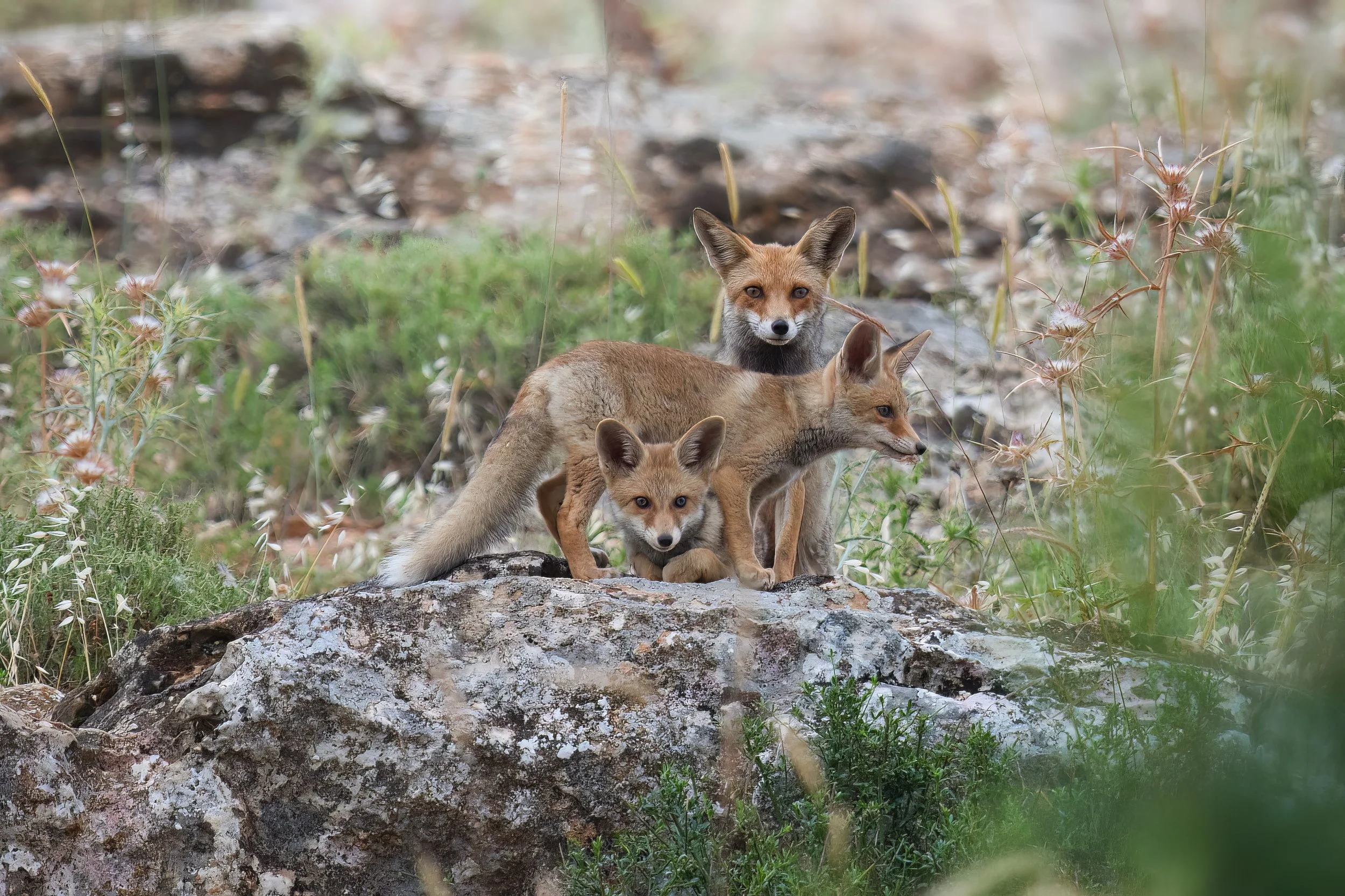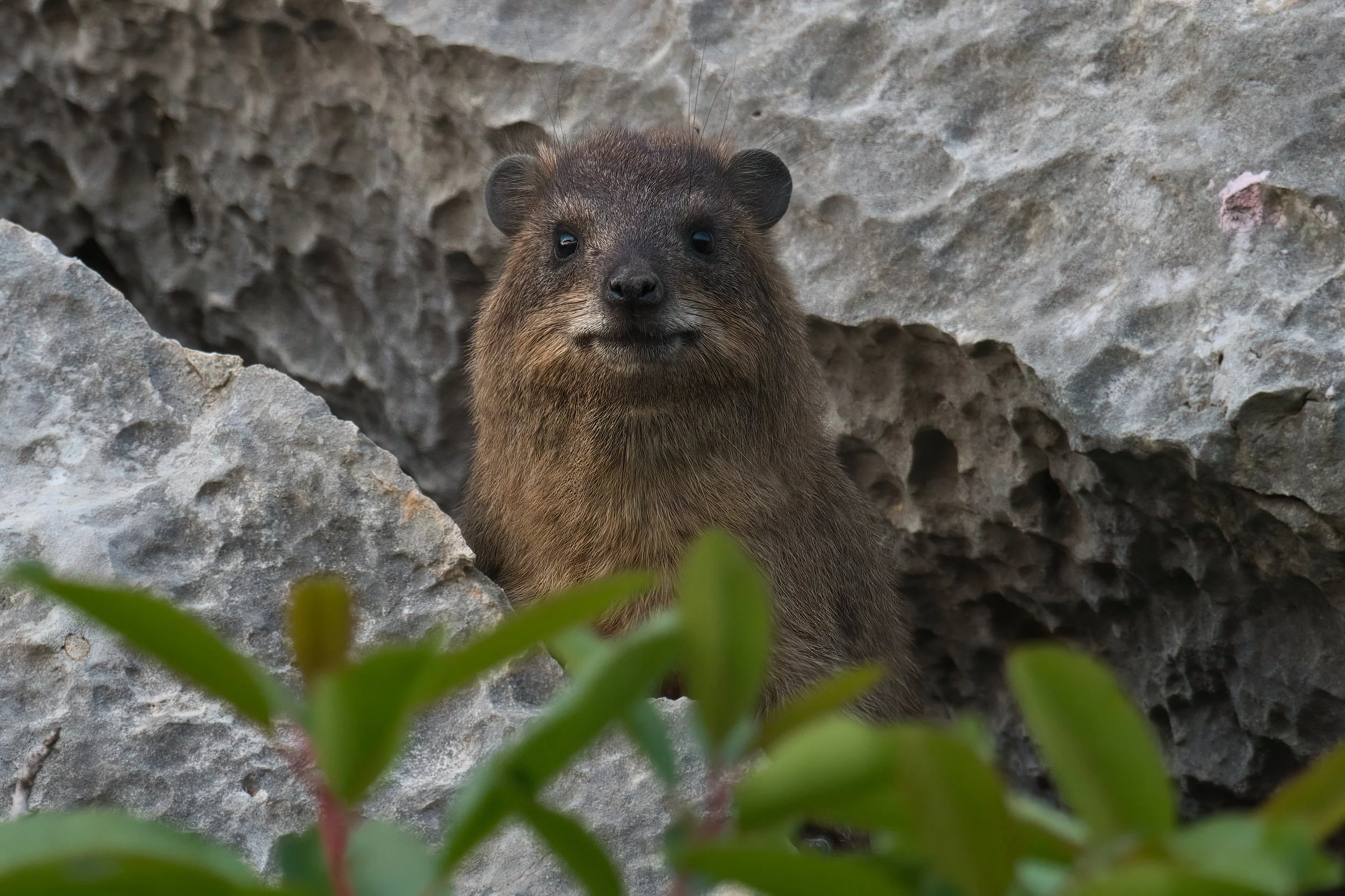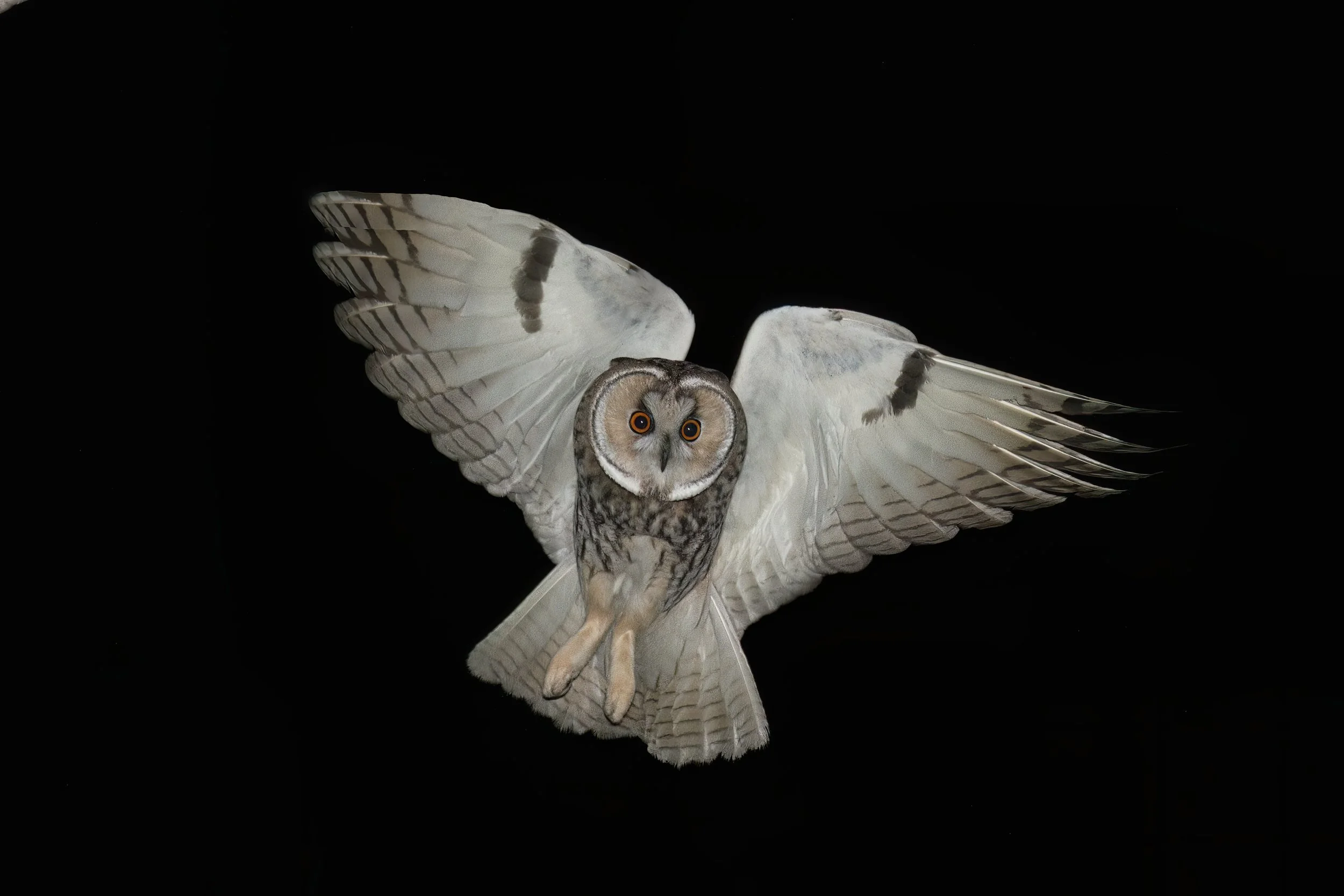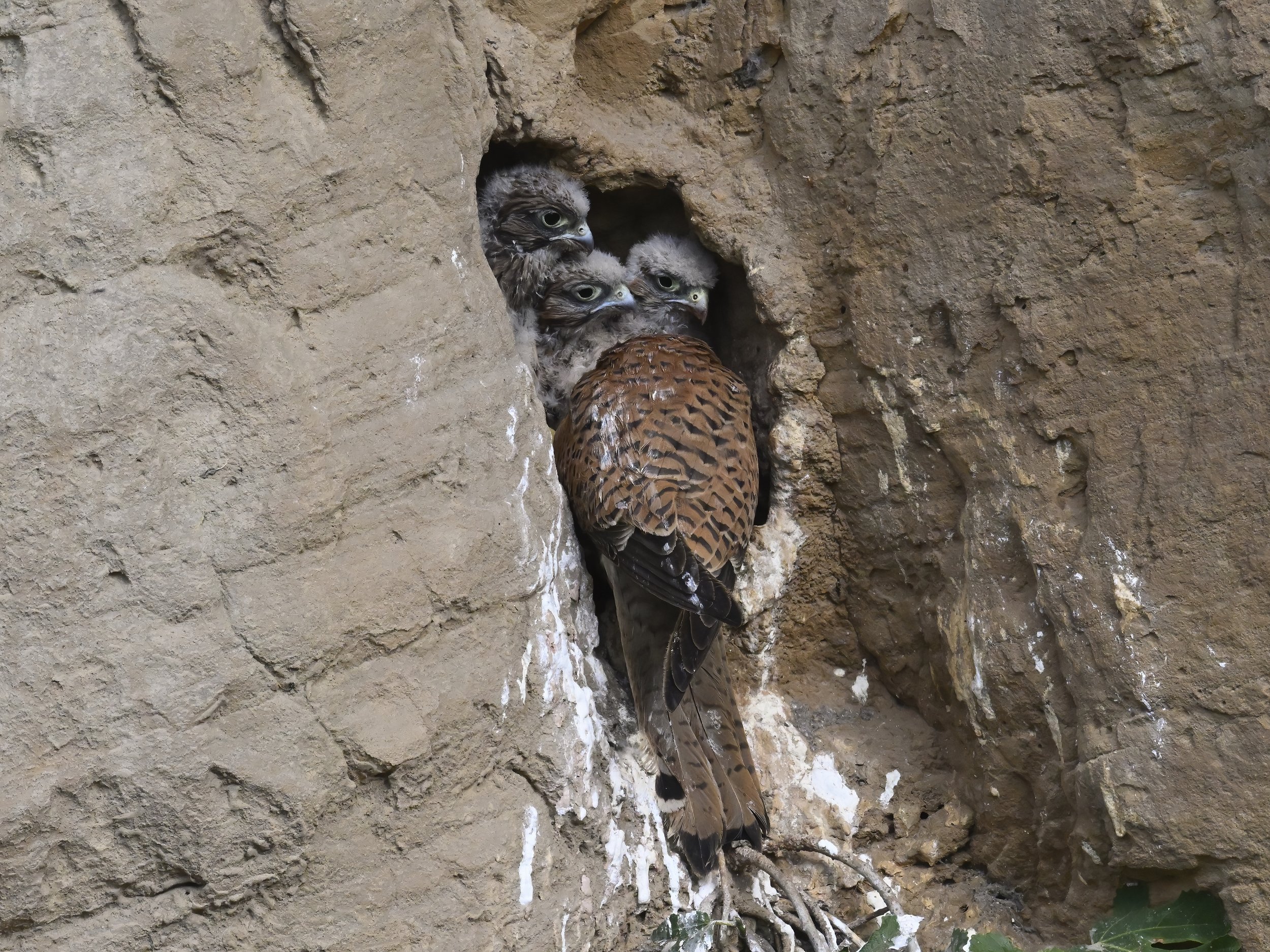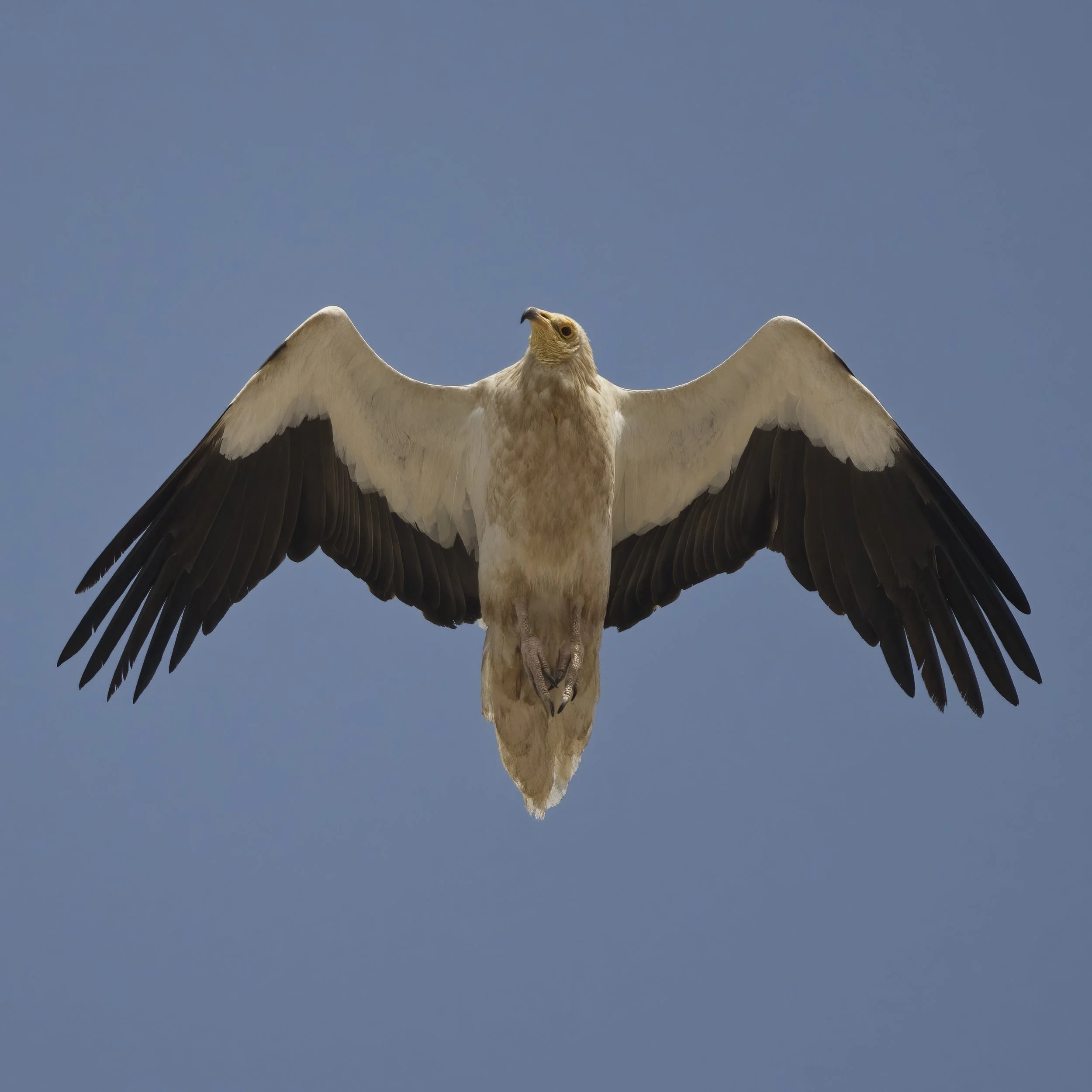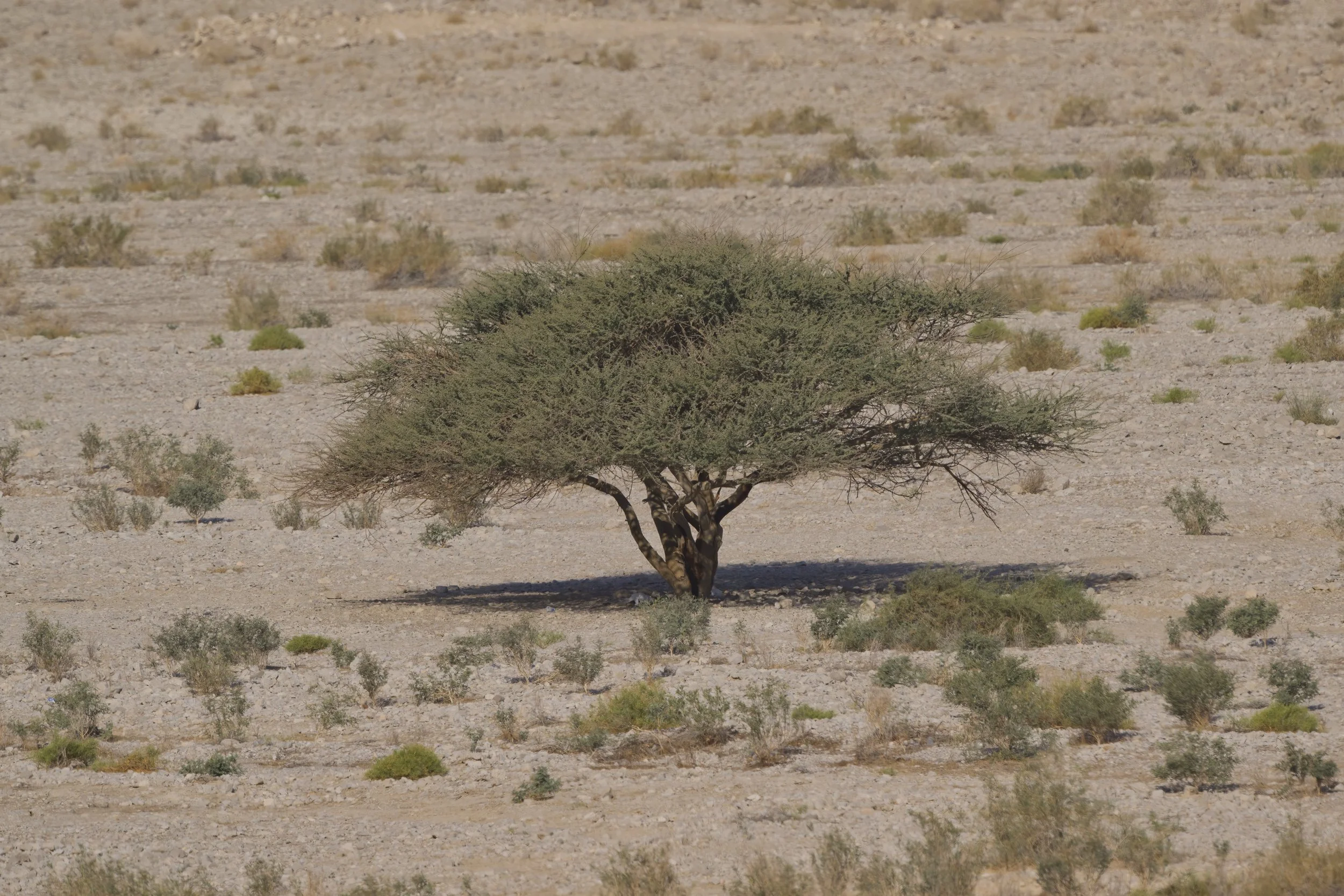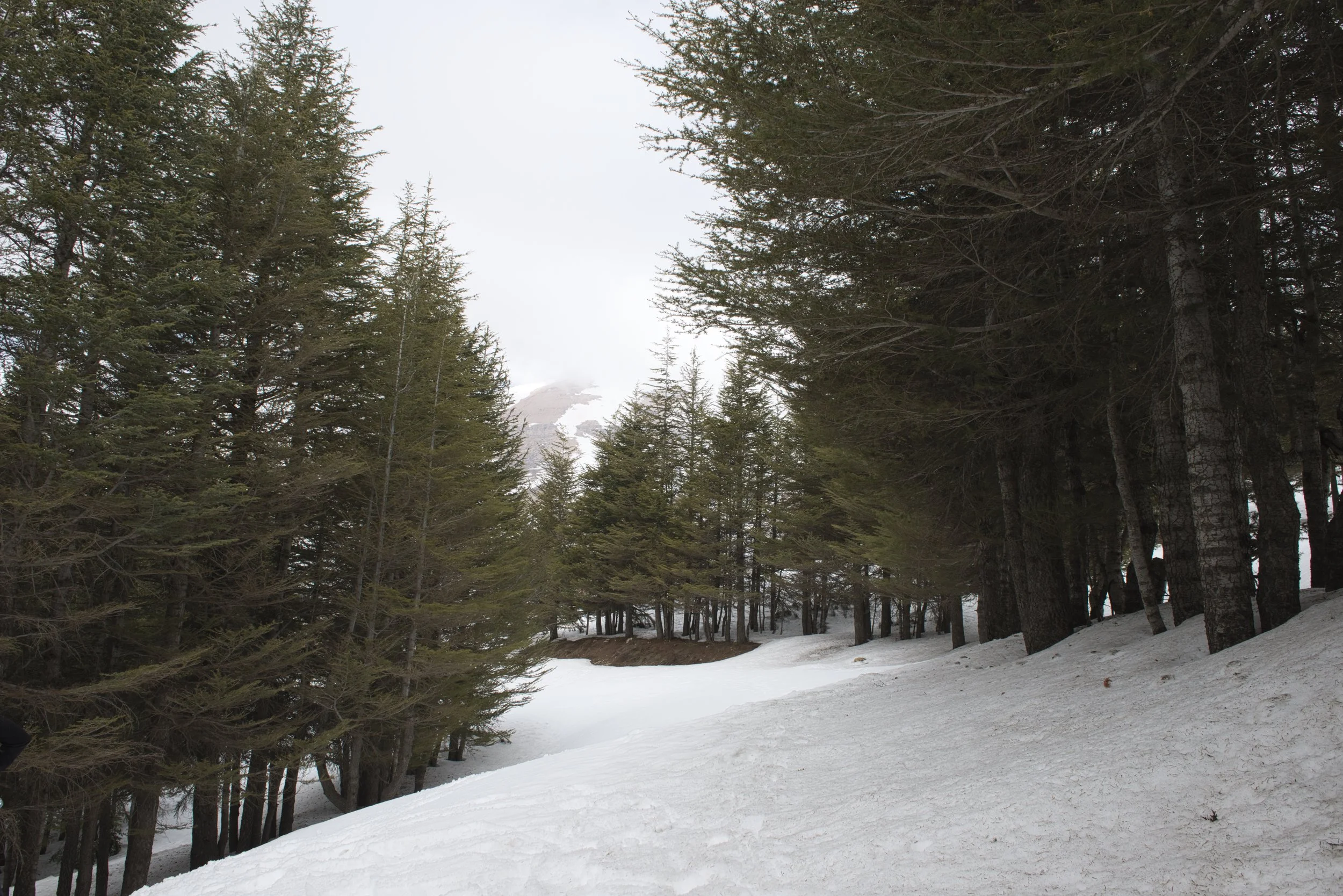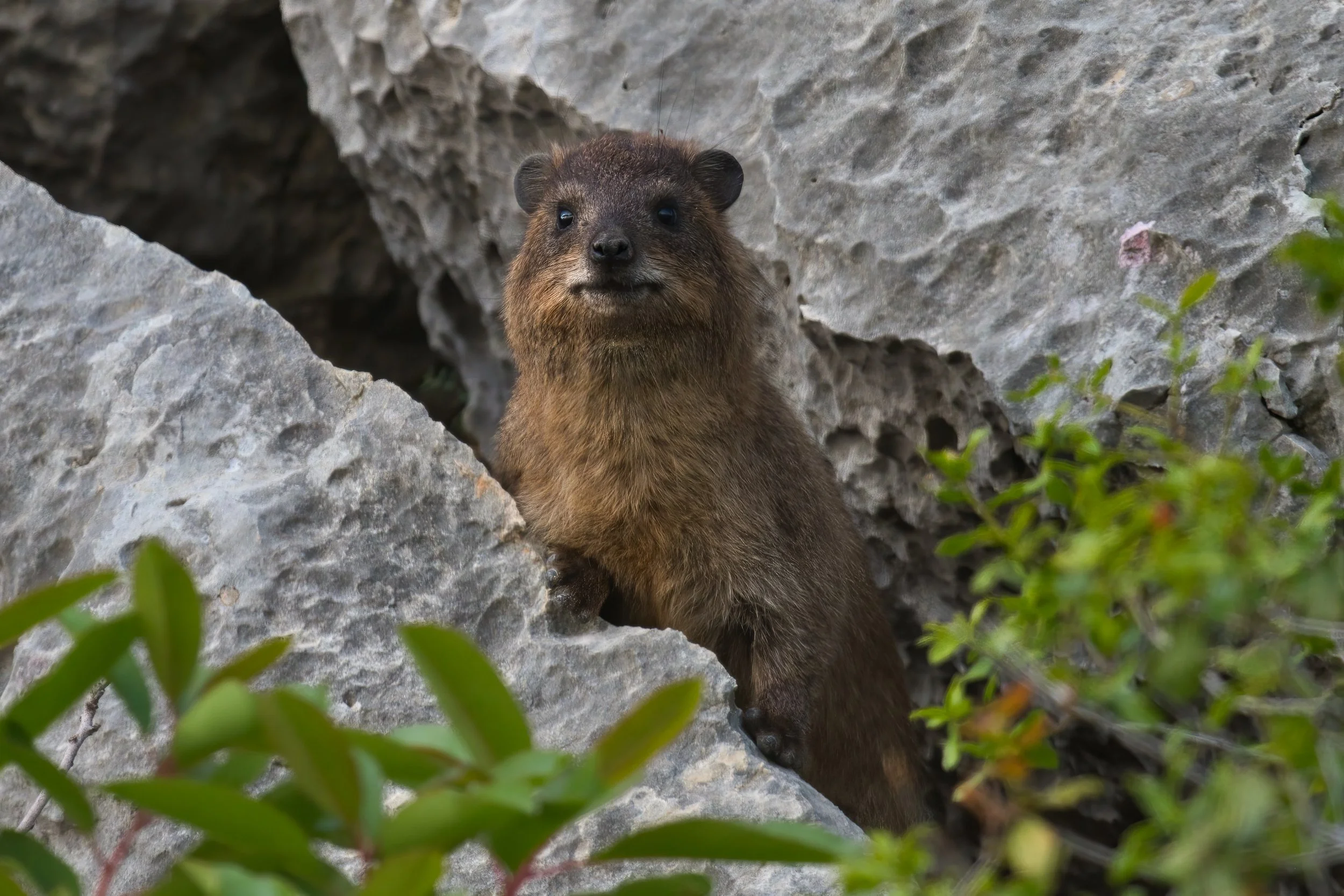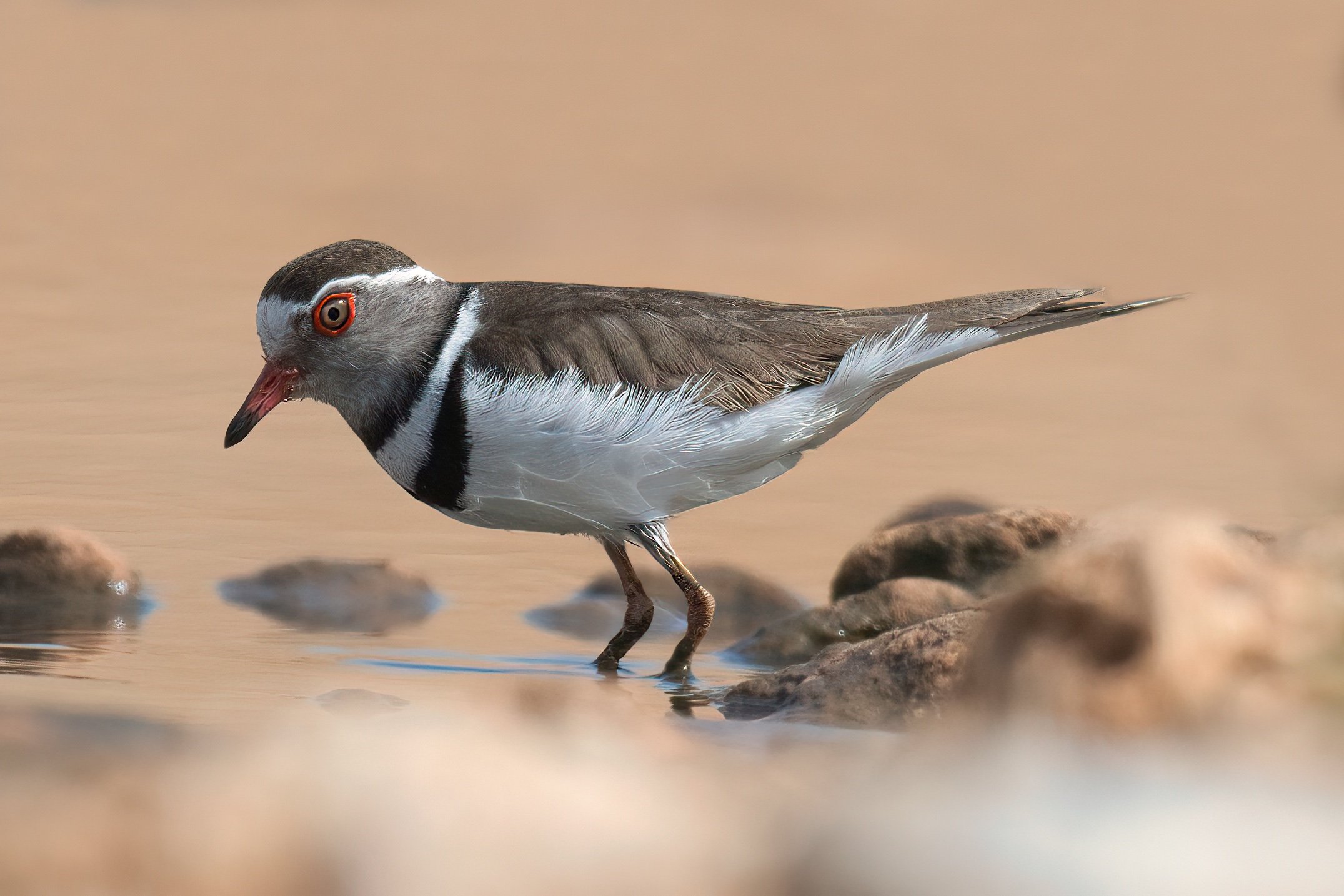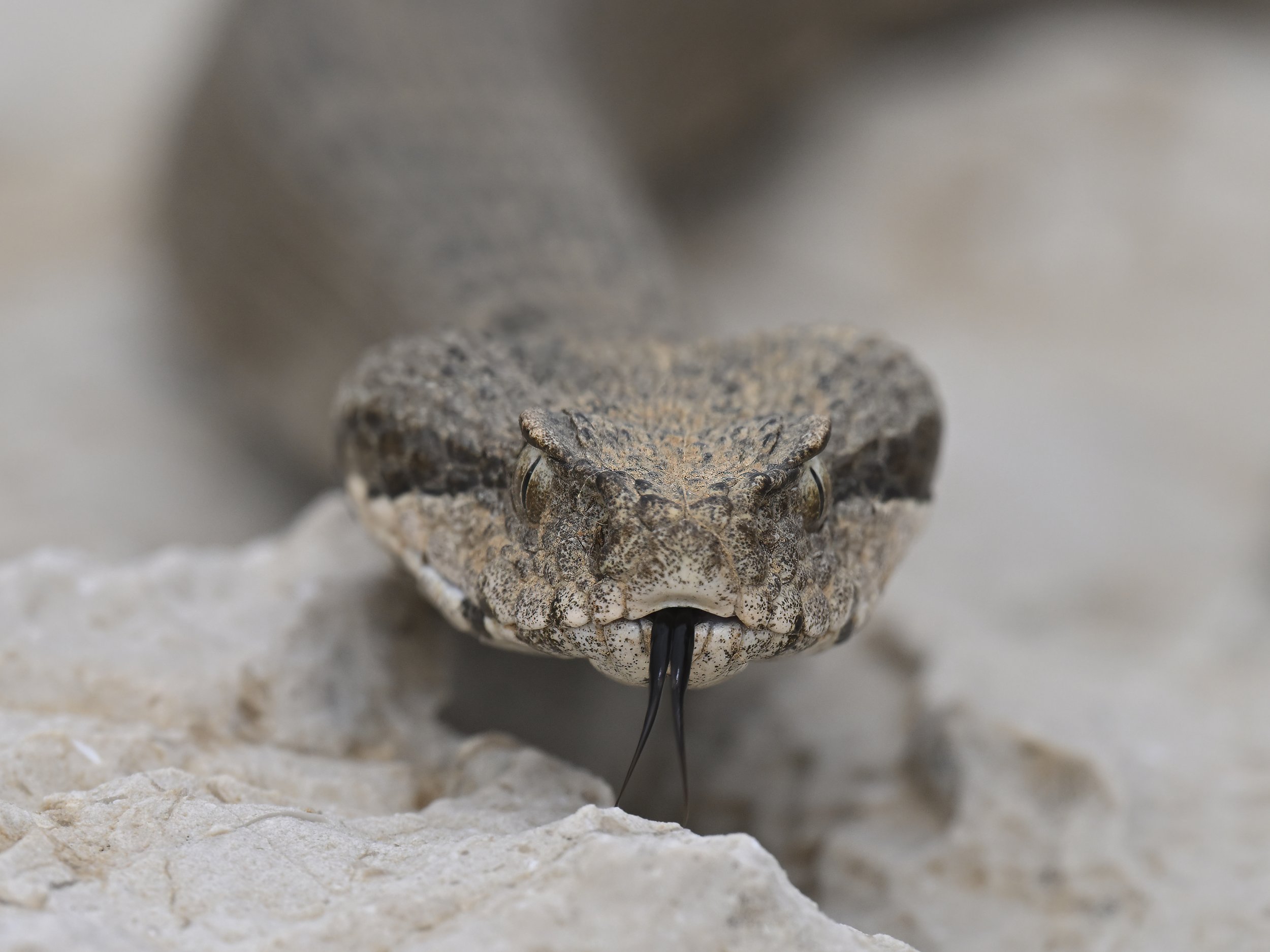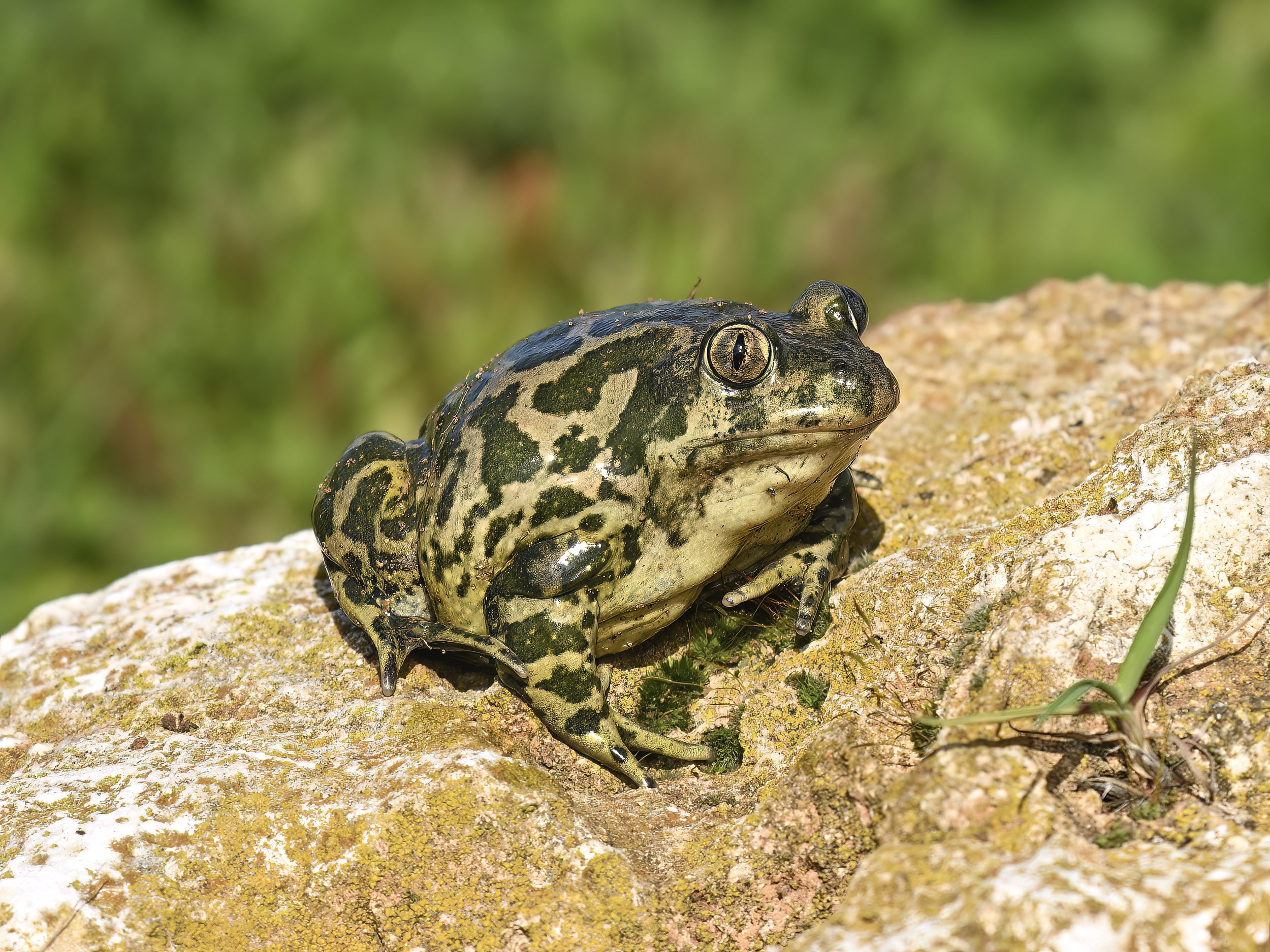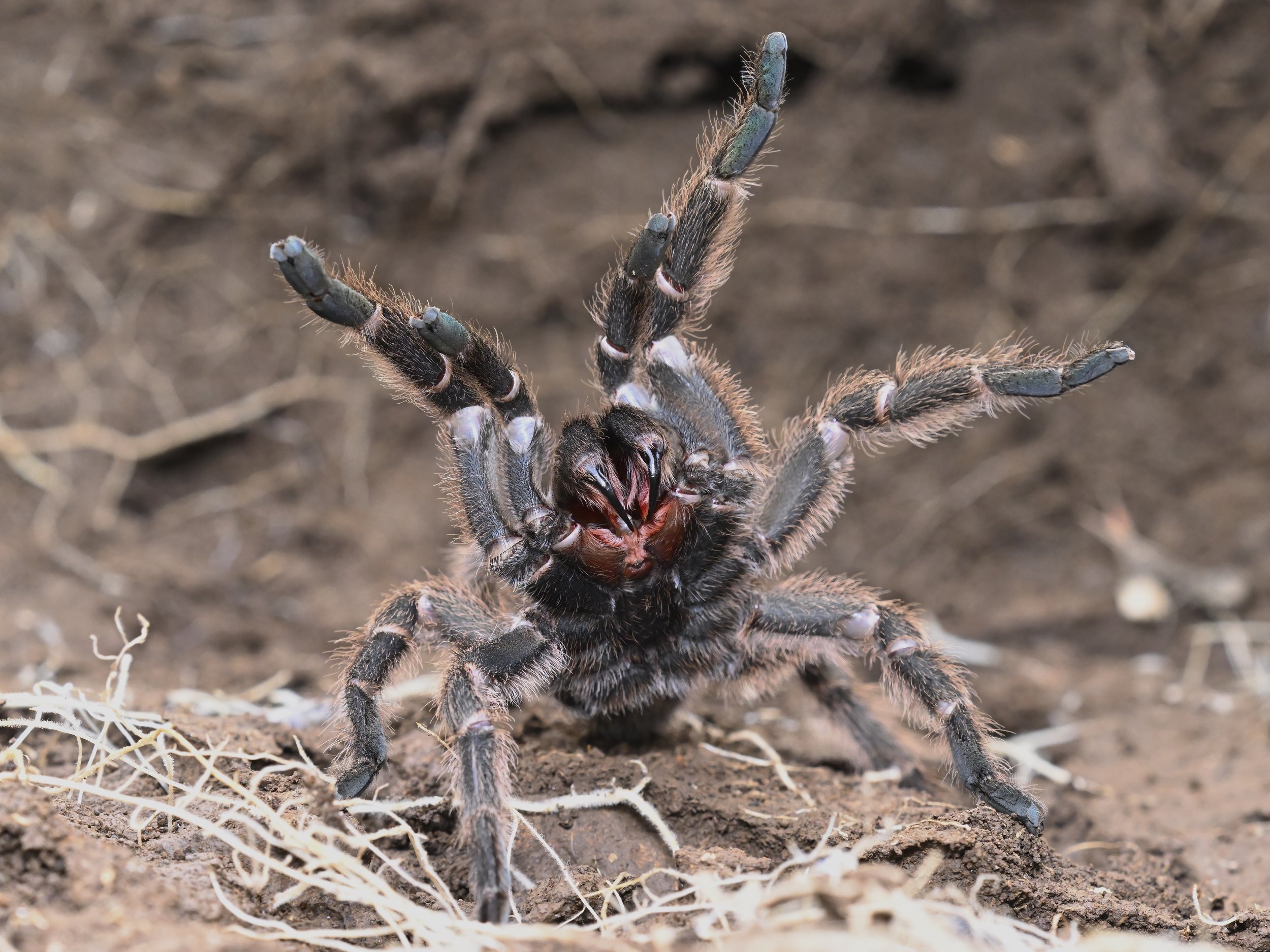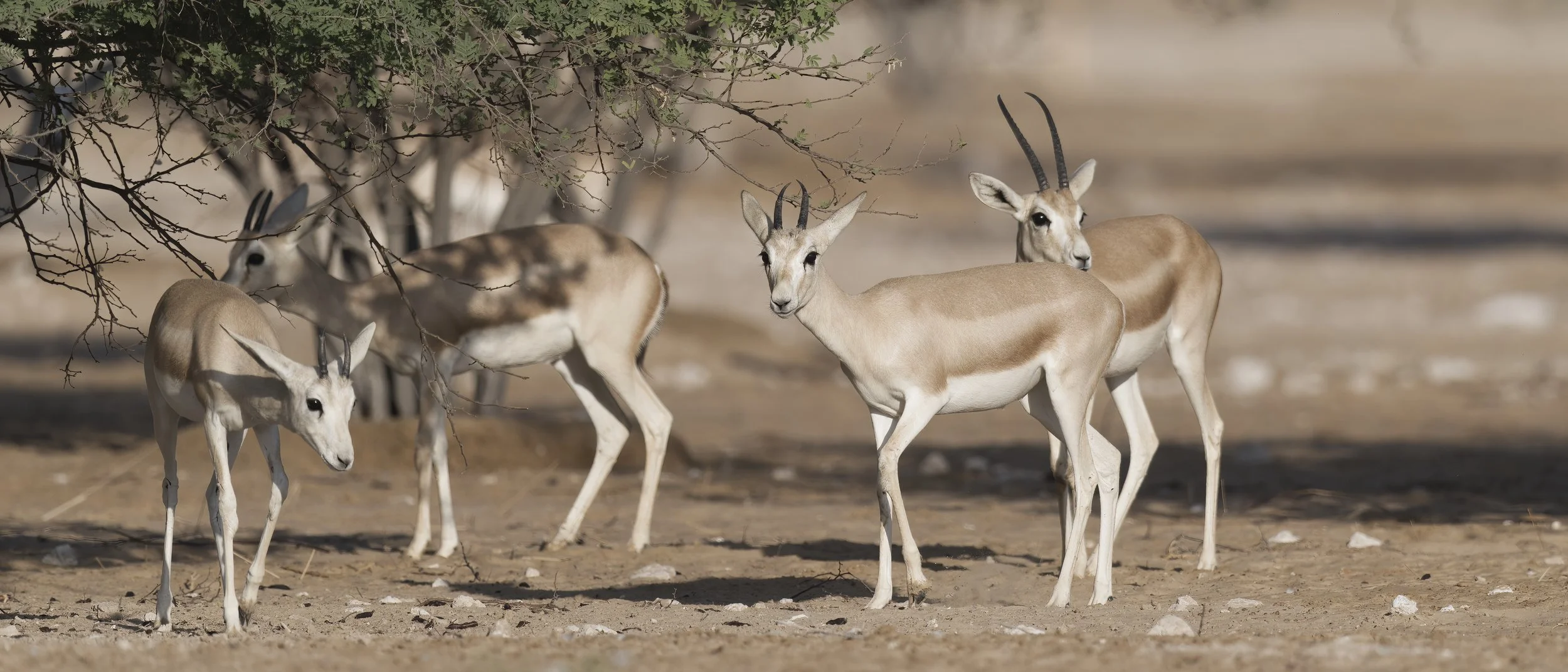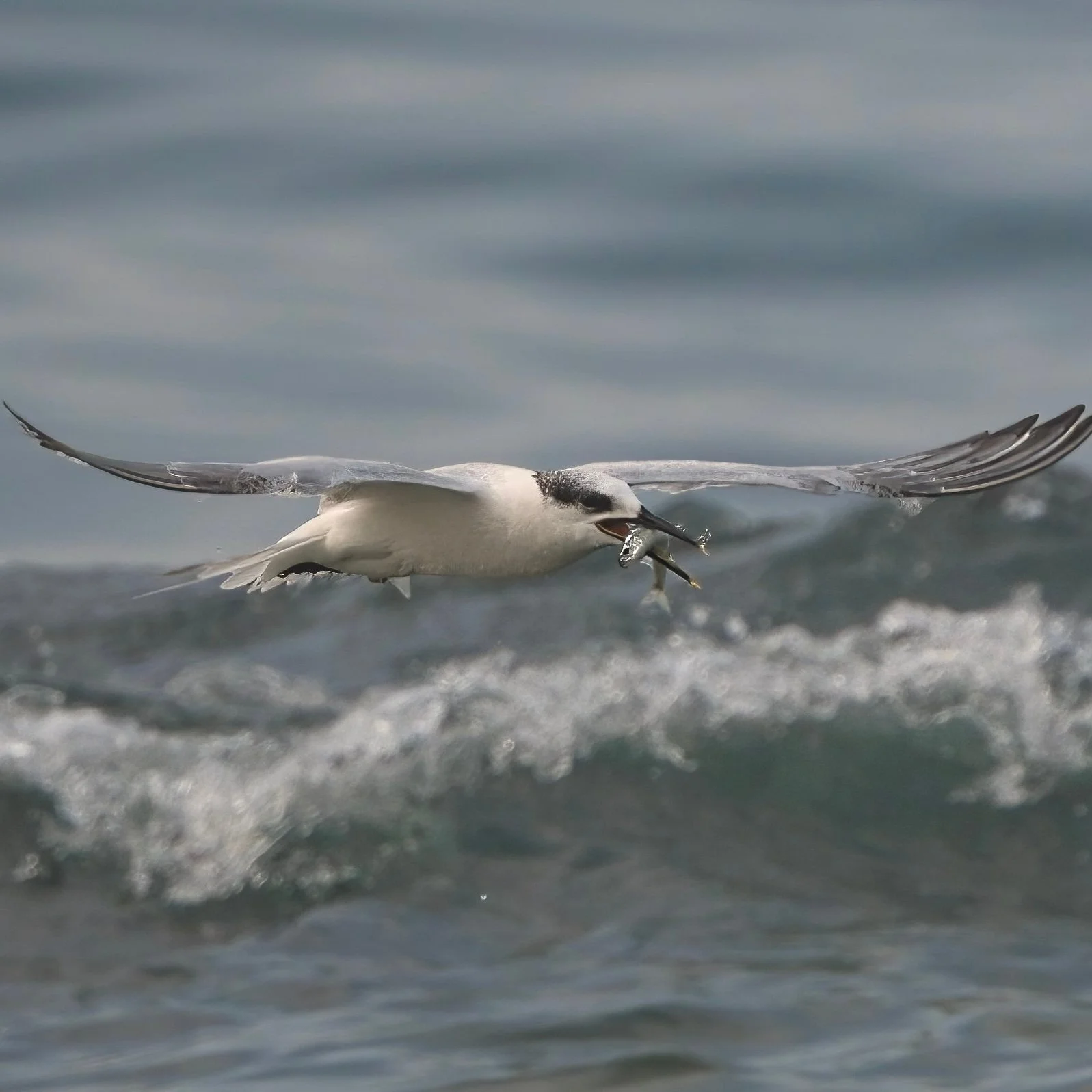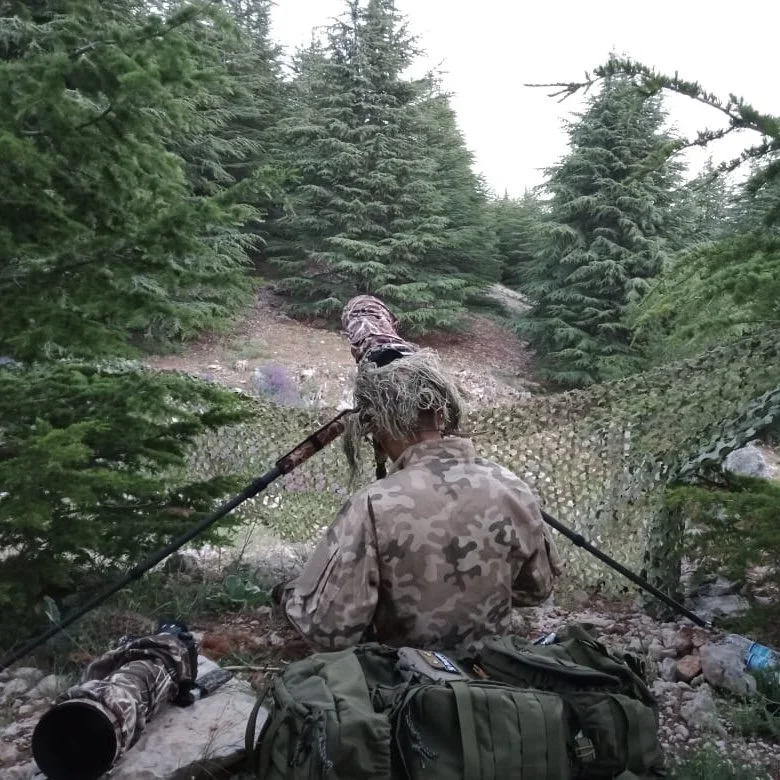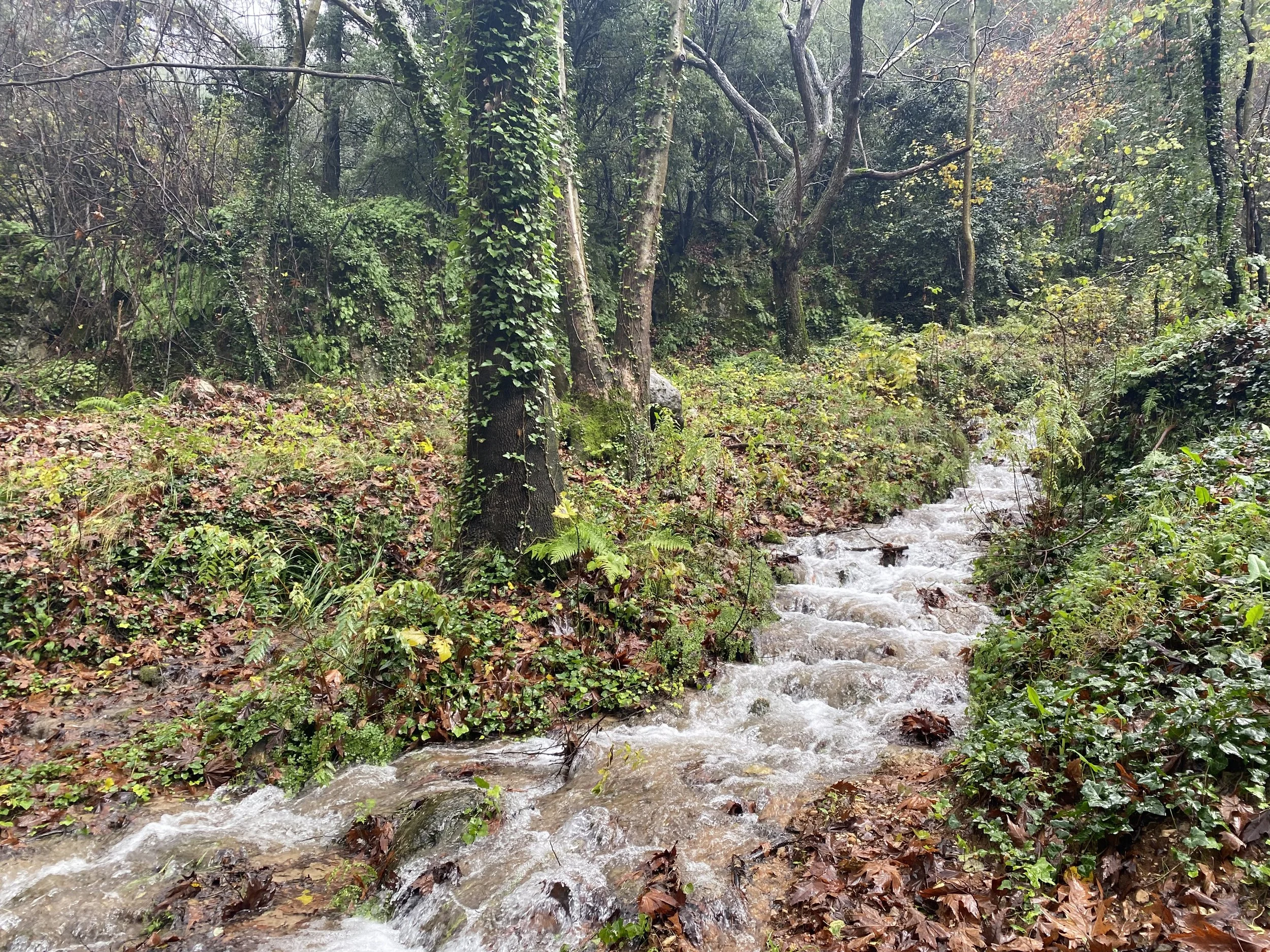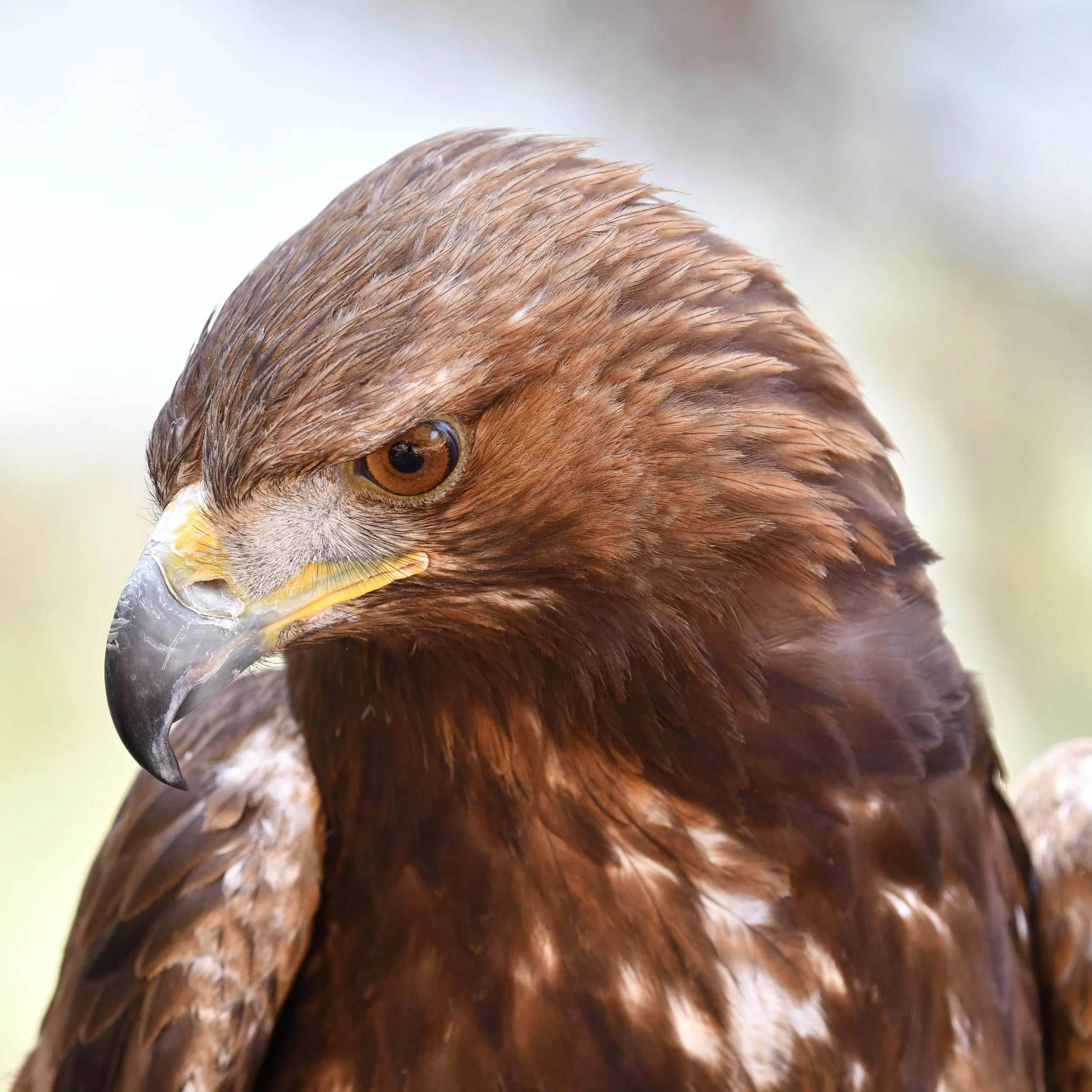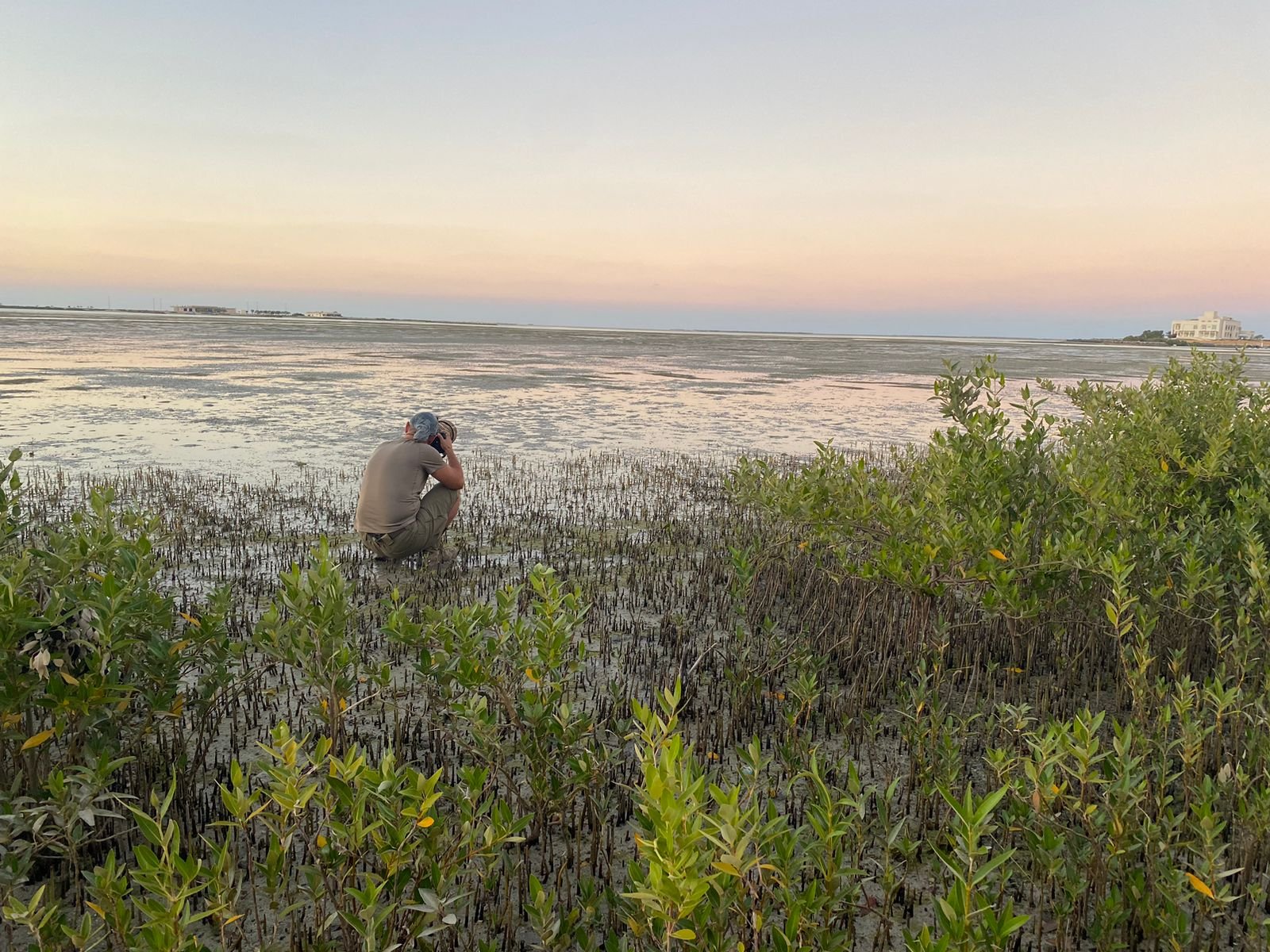European Badger (Meles meles) **
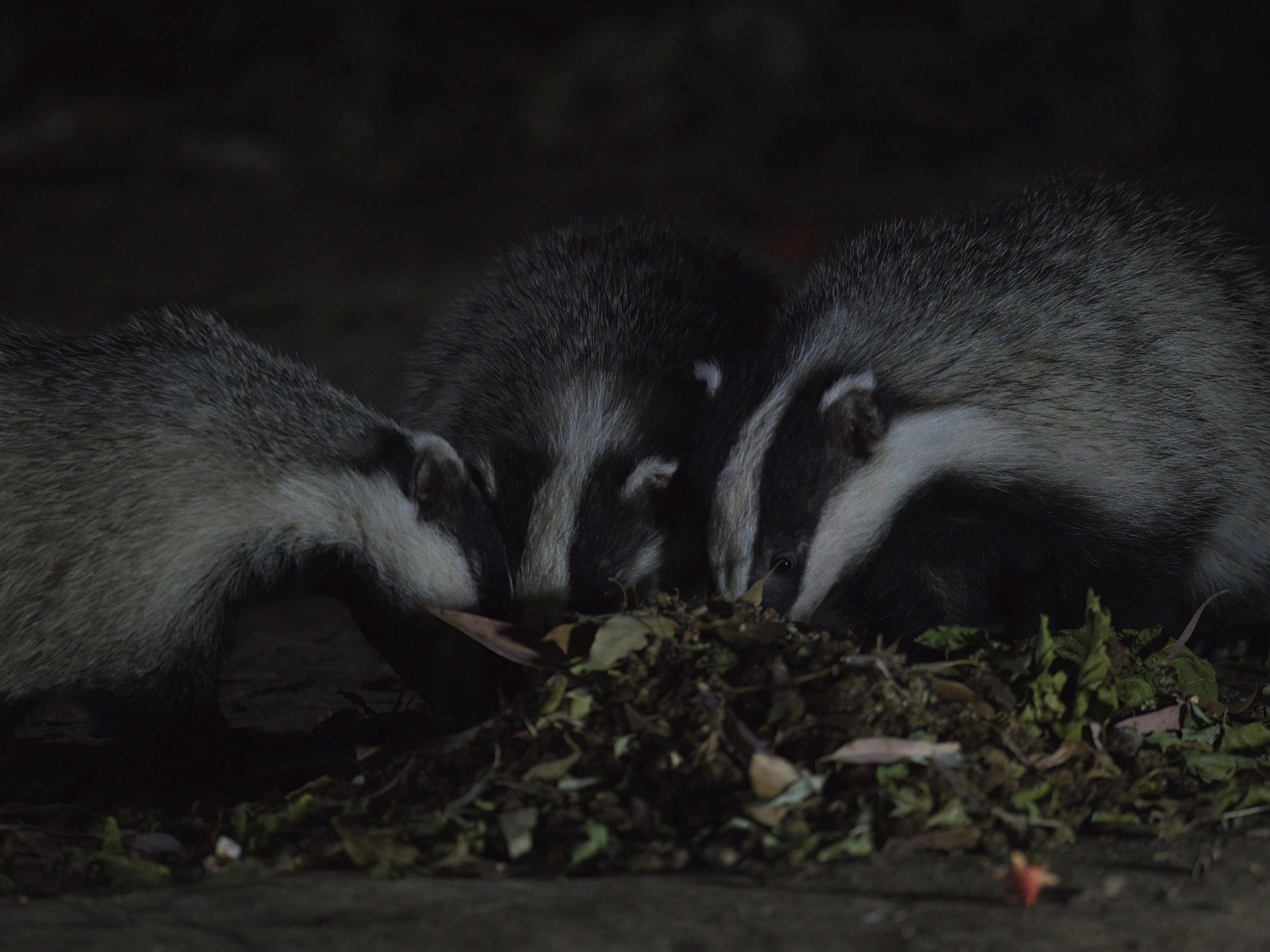

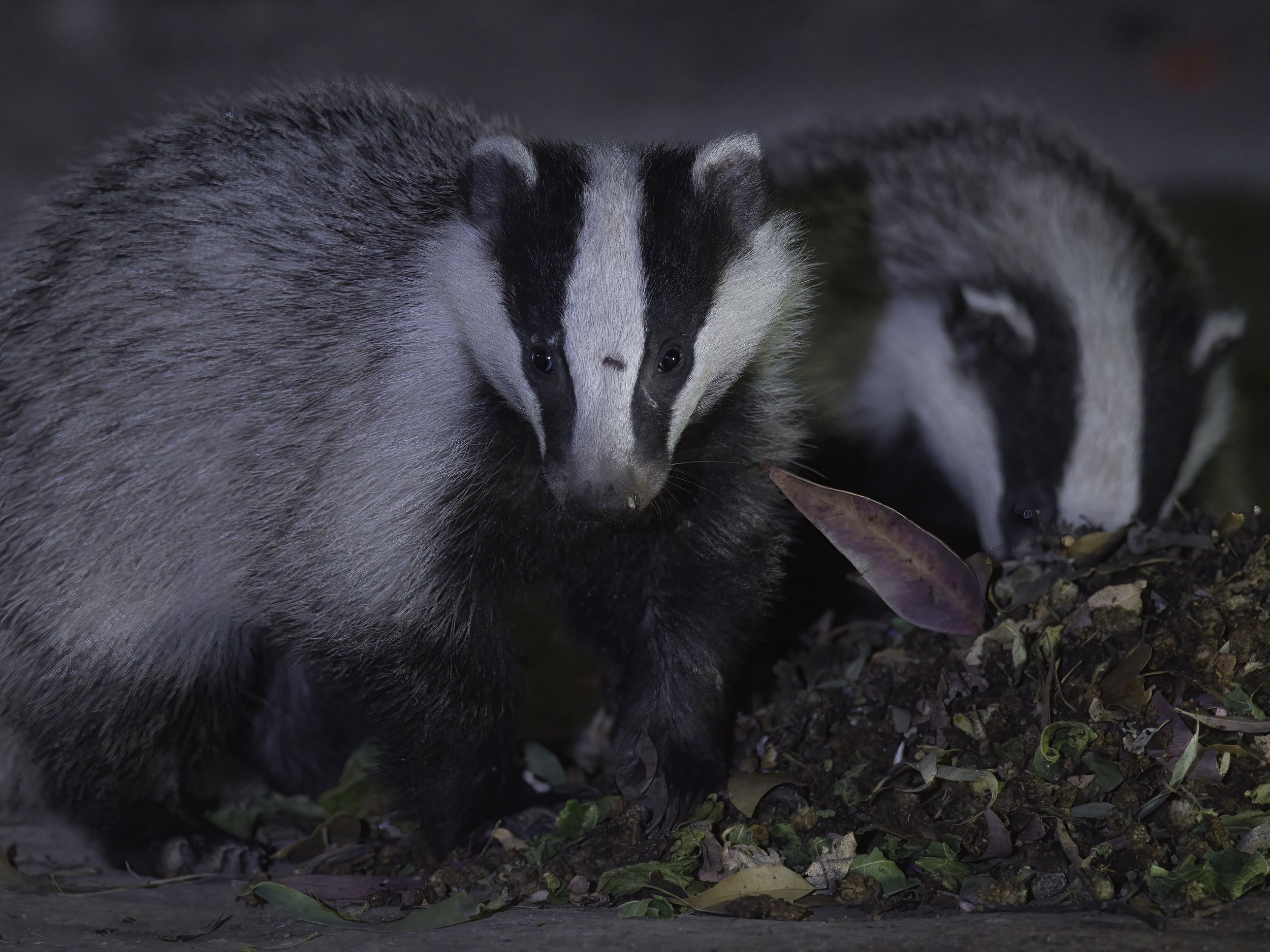
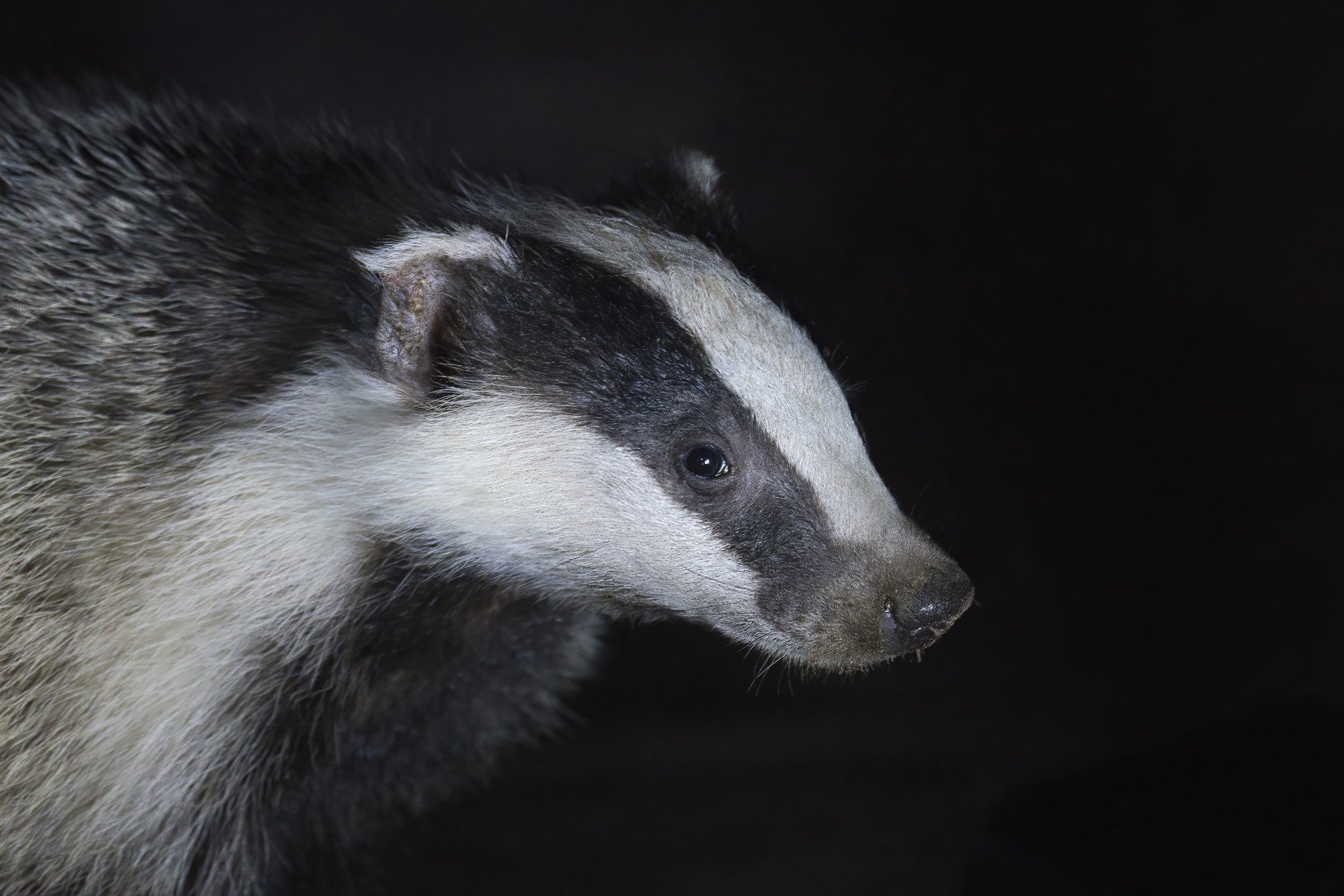
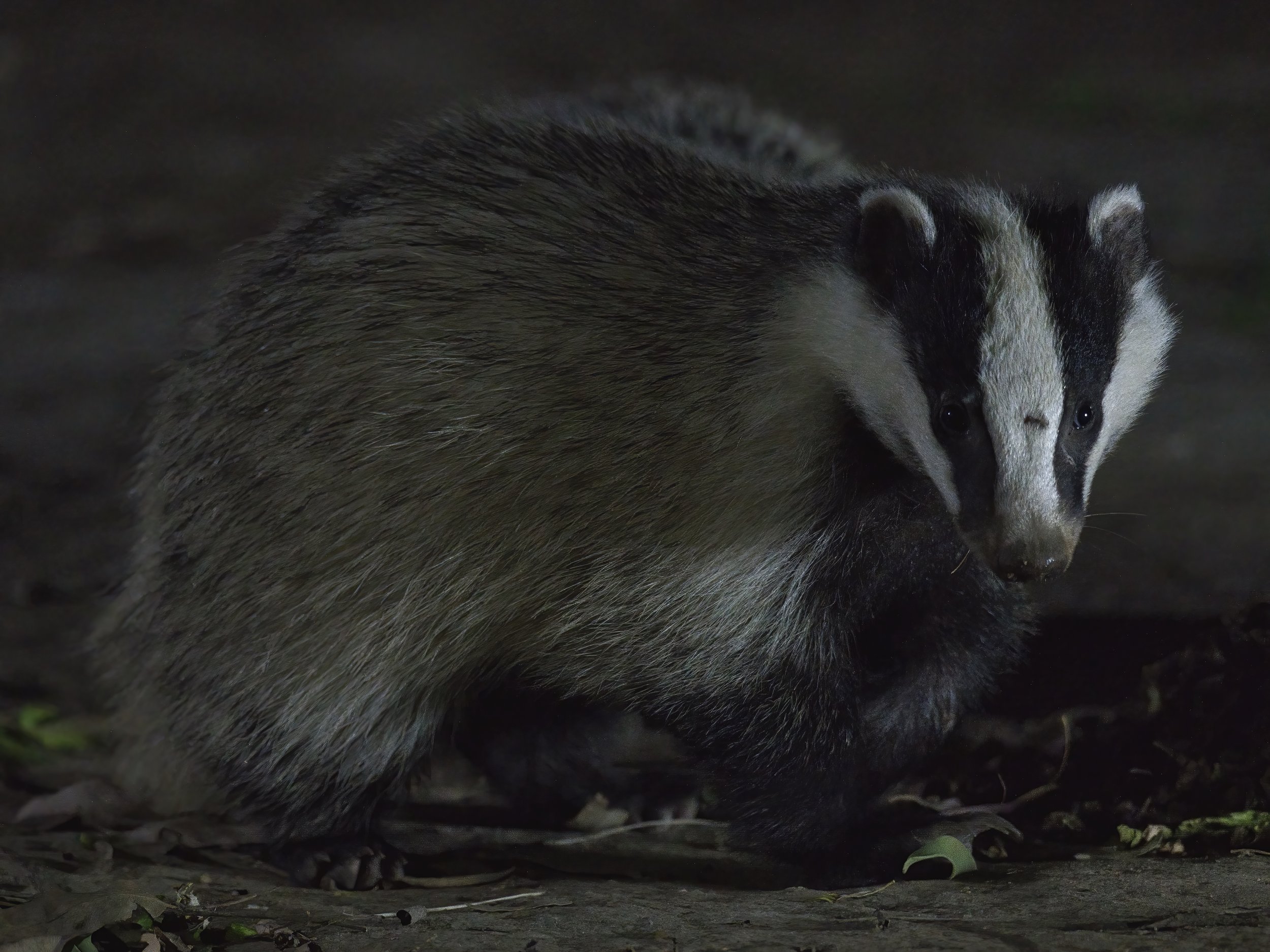
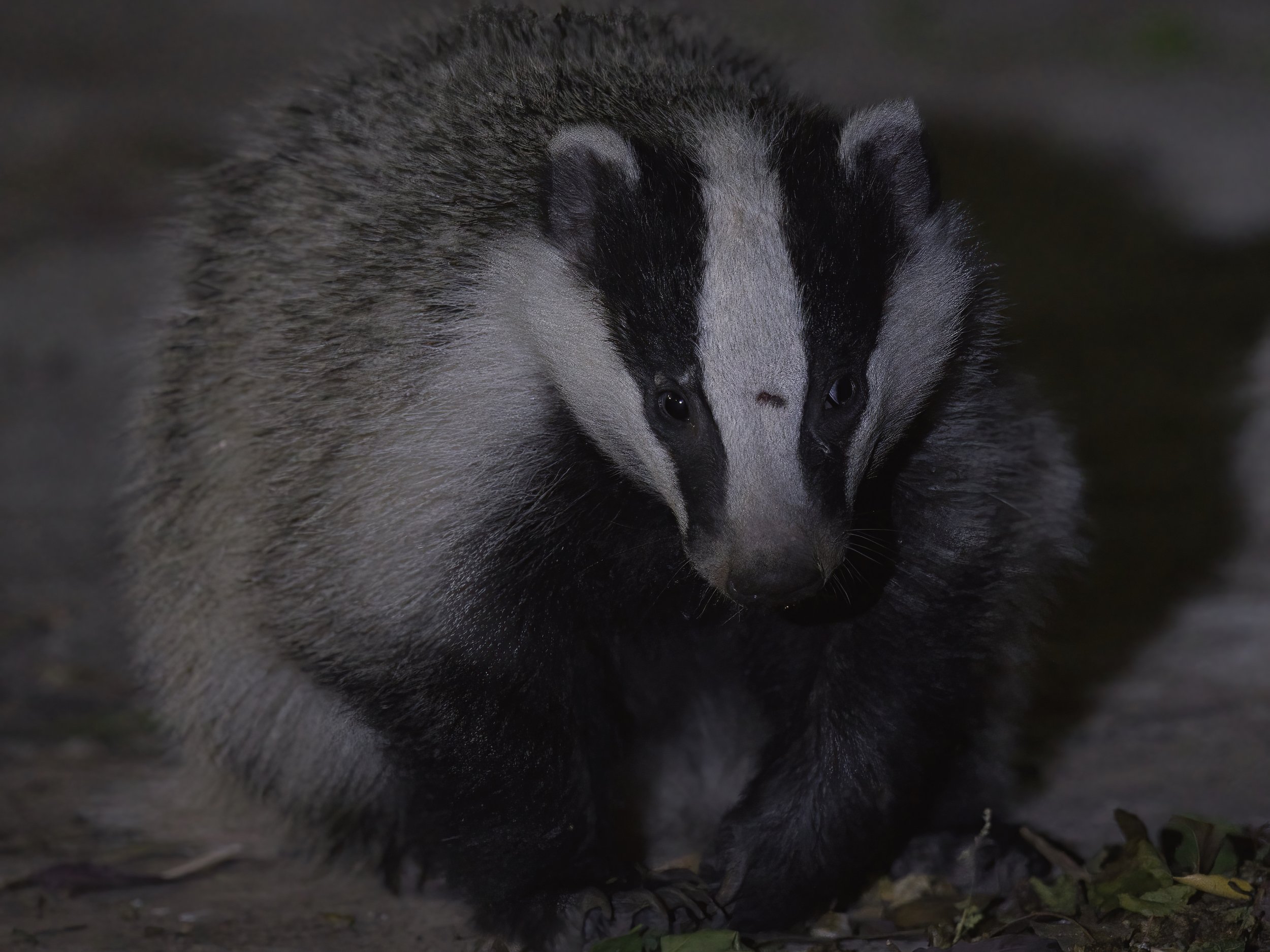
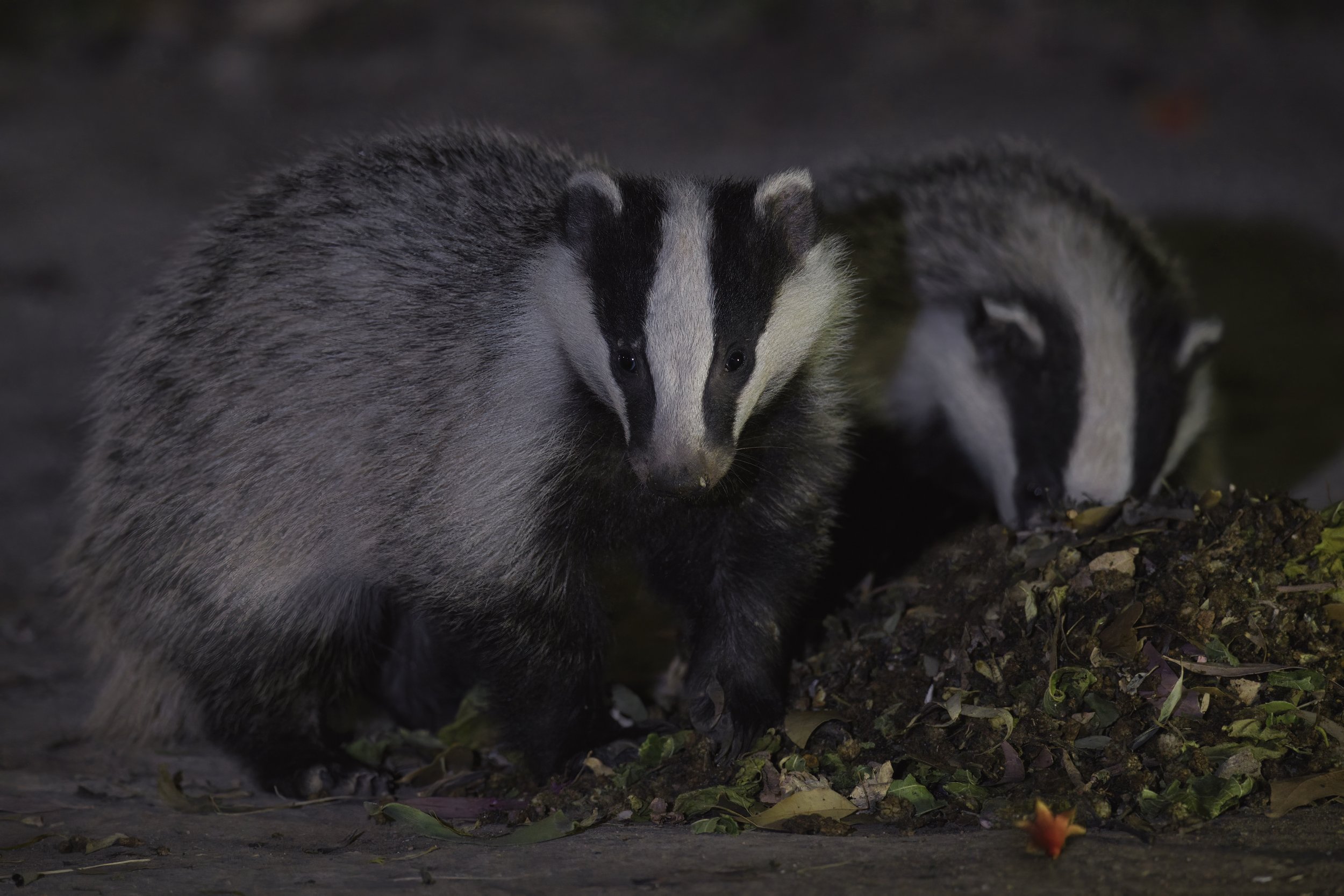
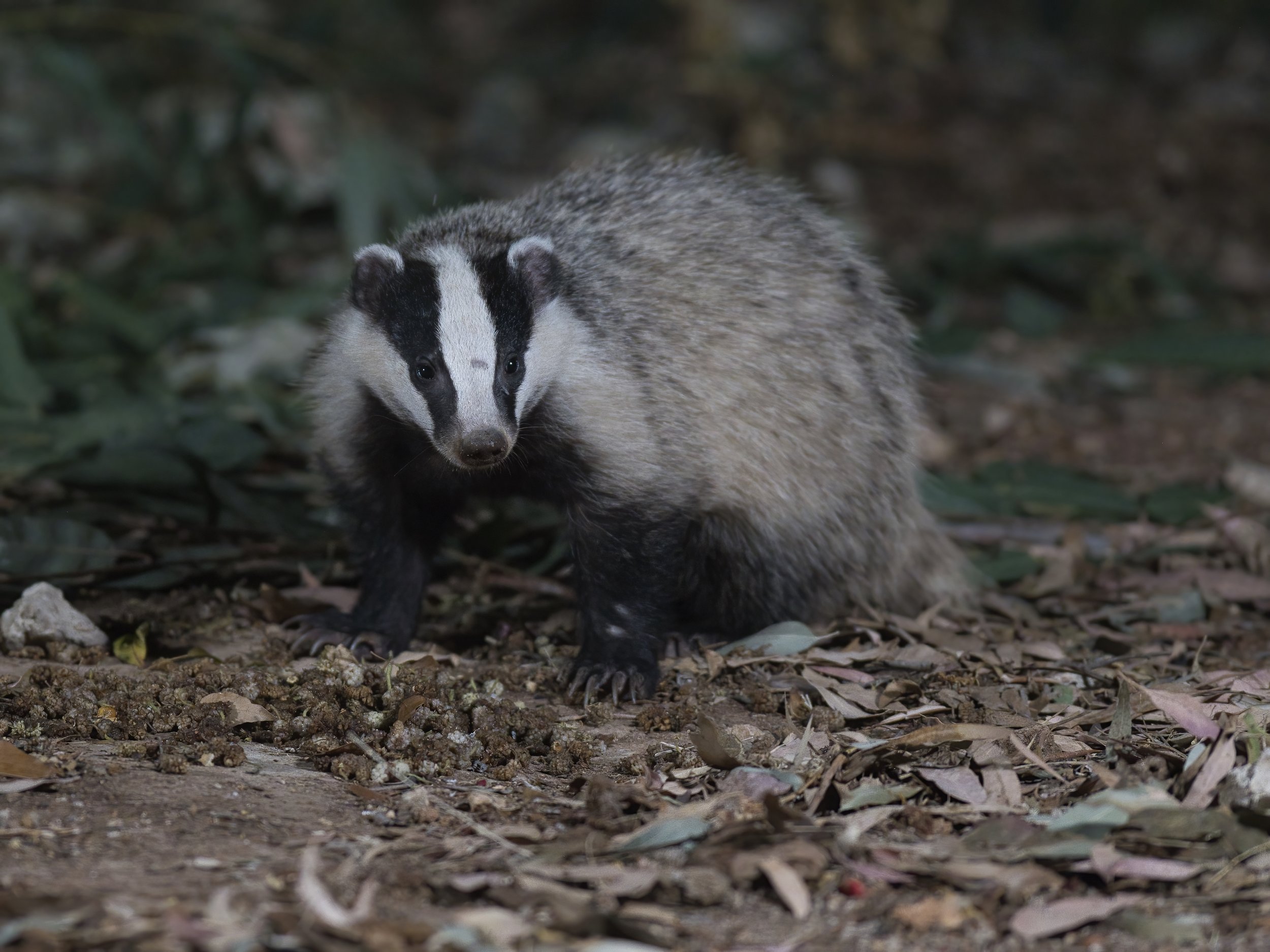
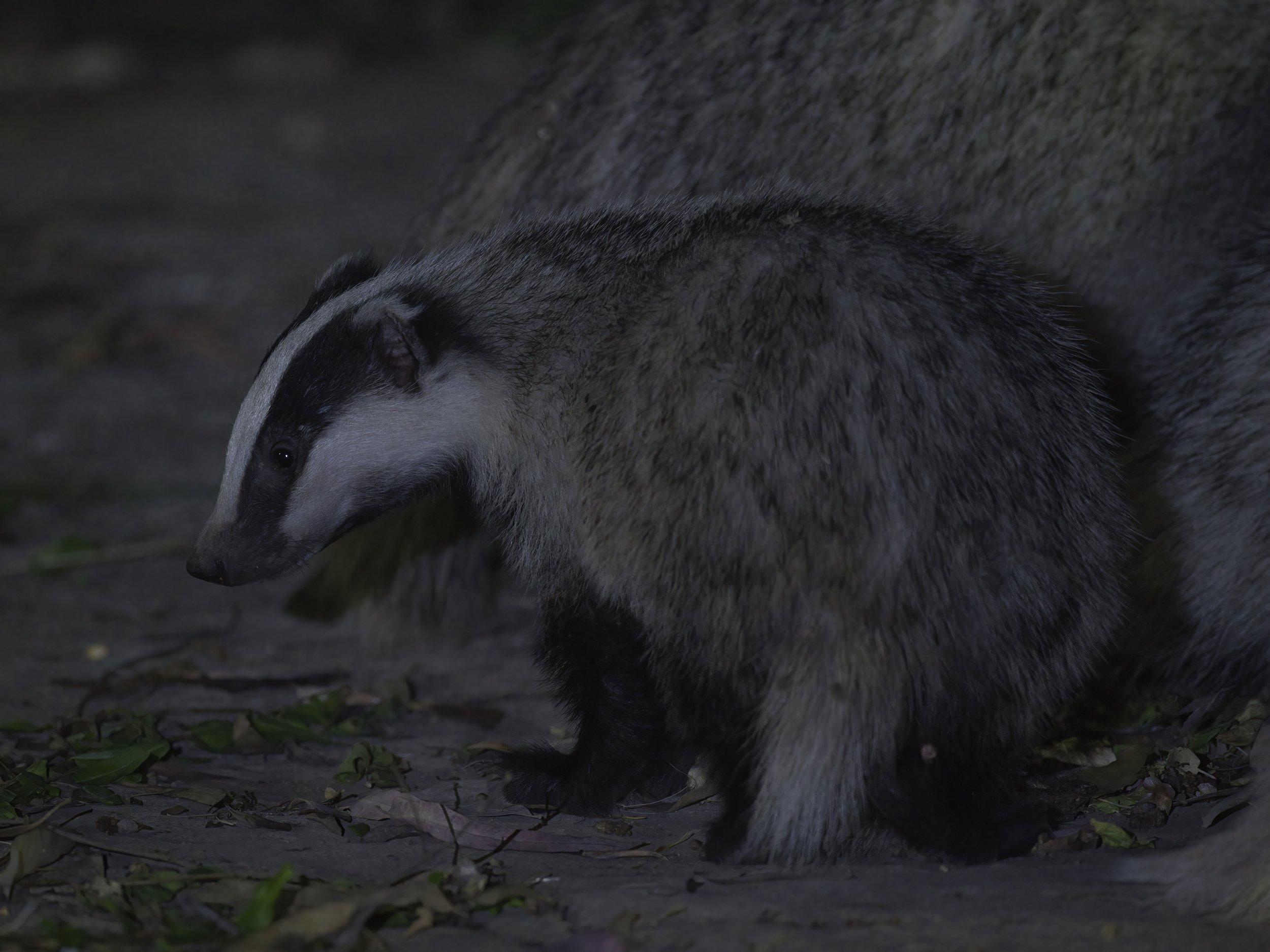
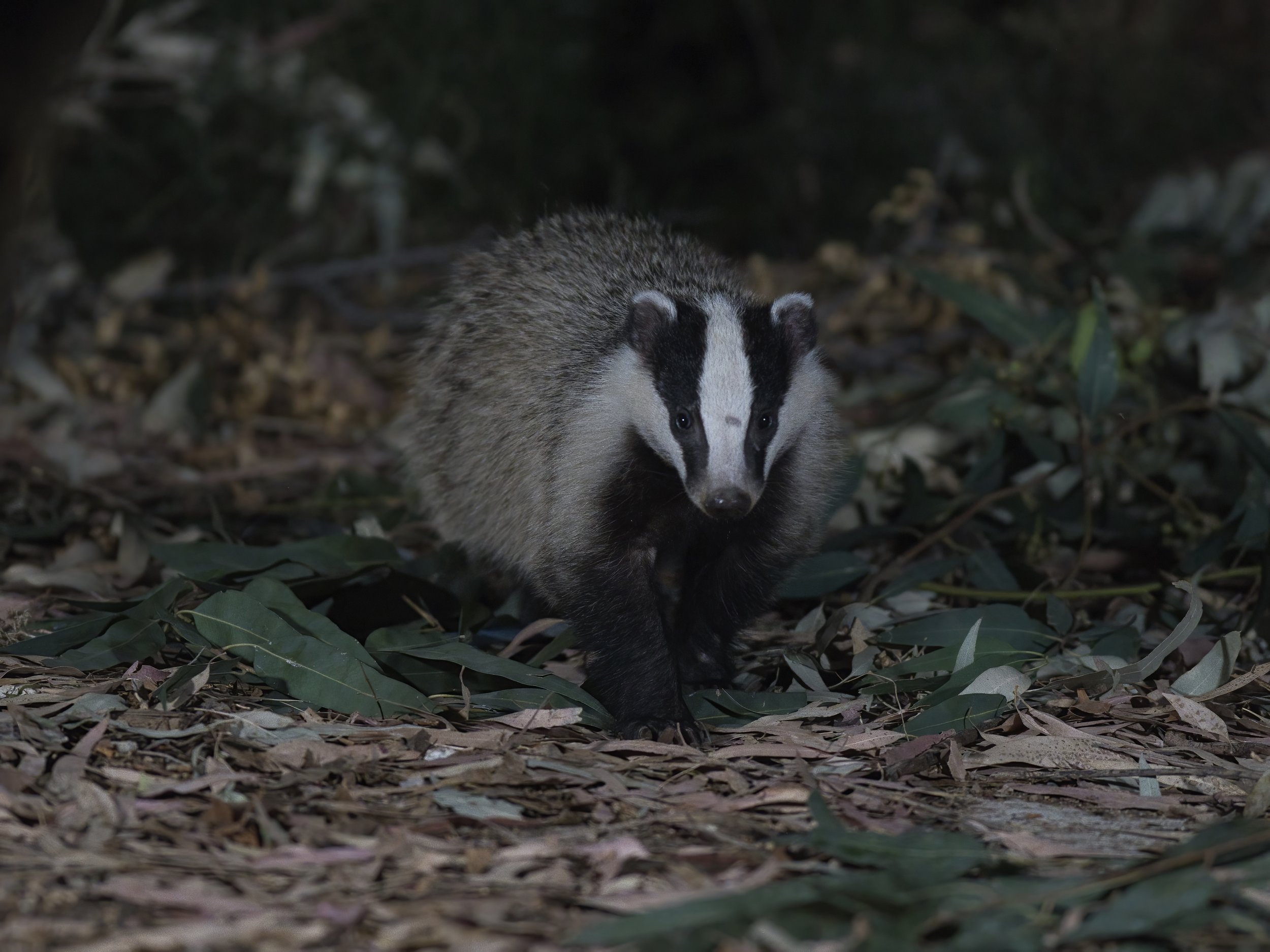

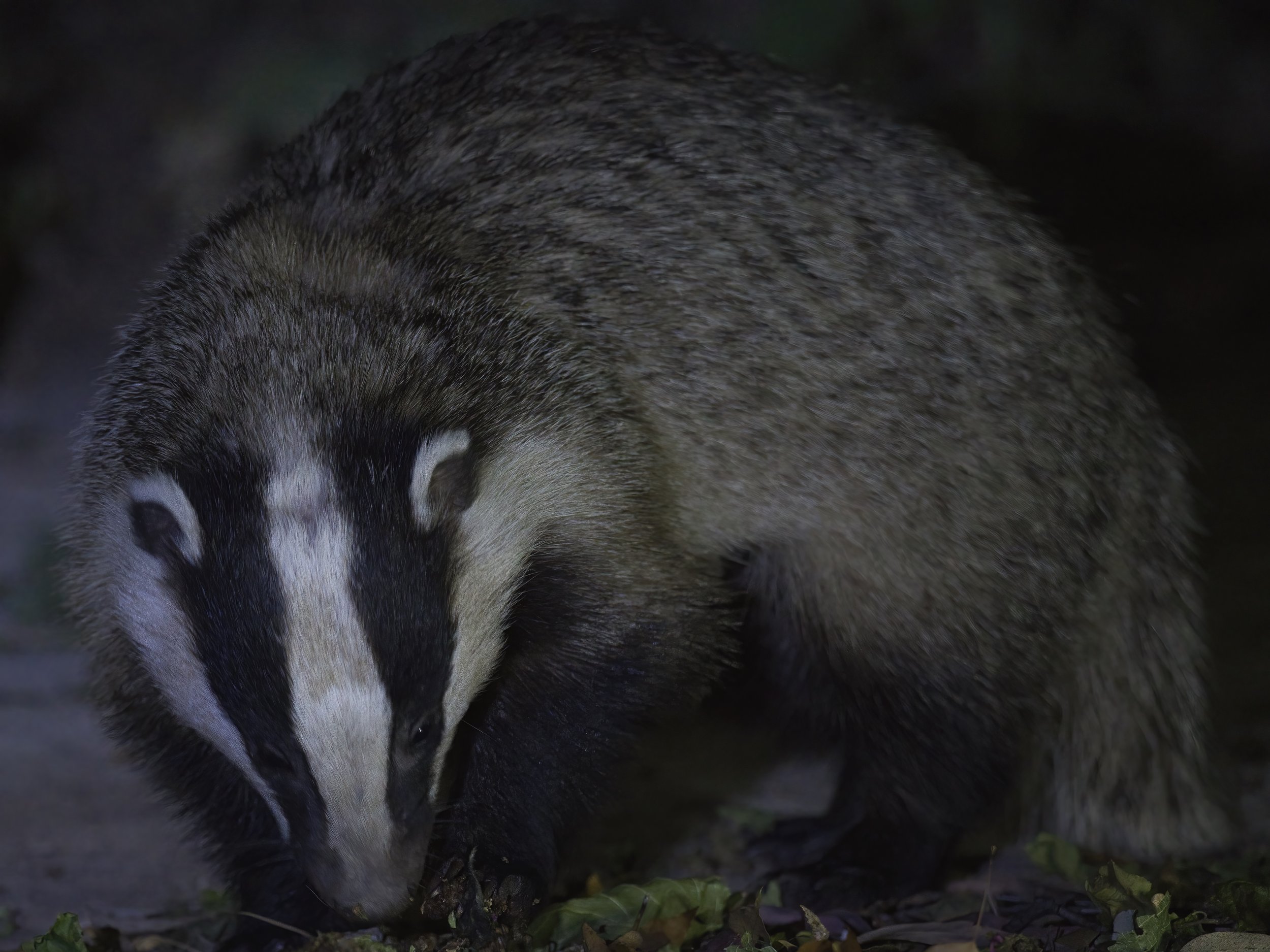
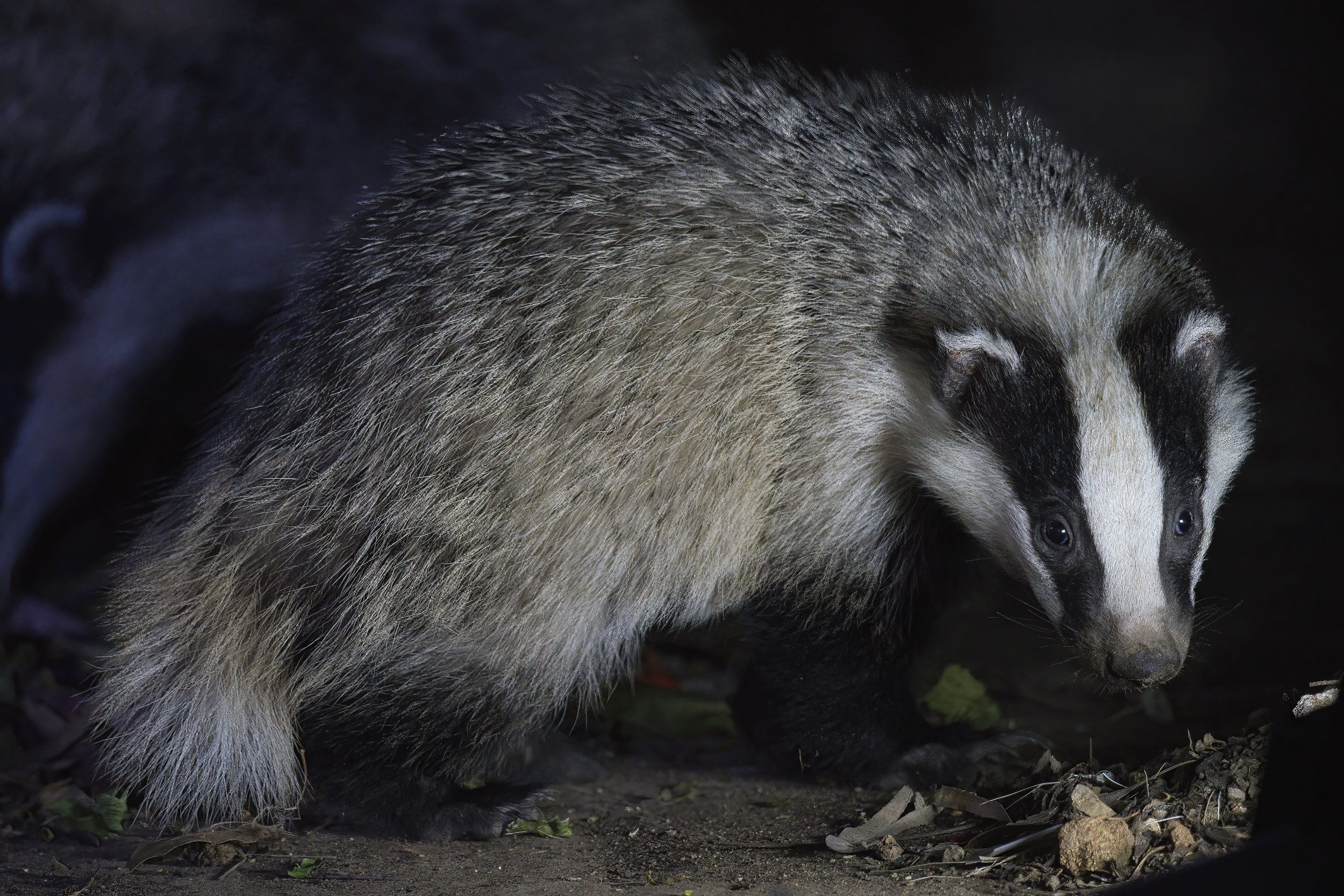
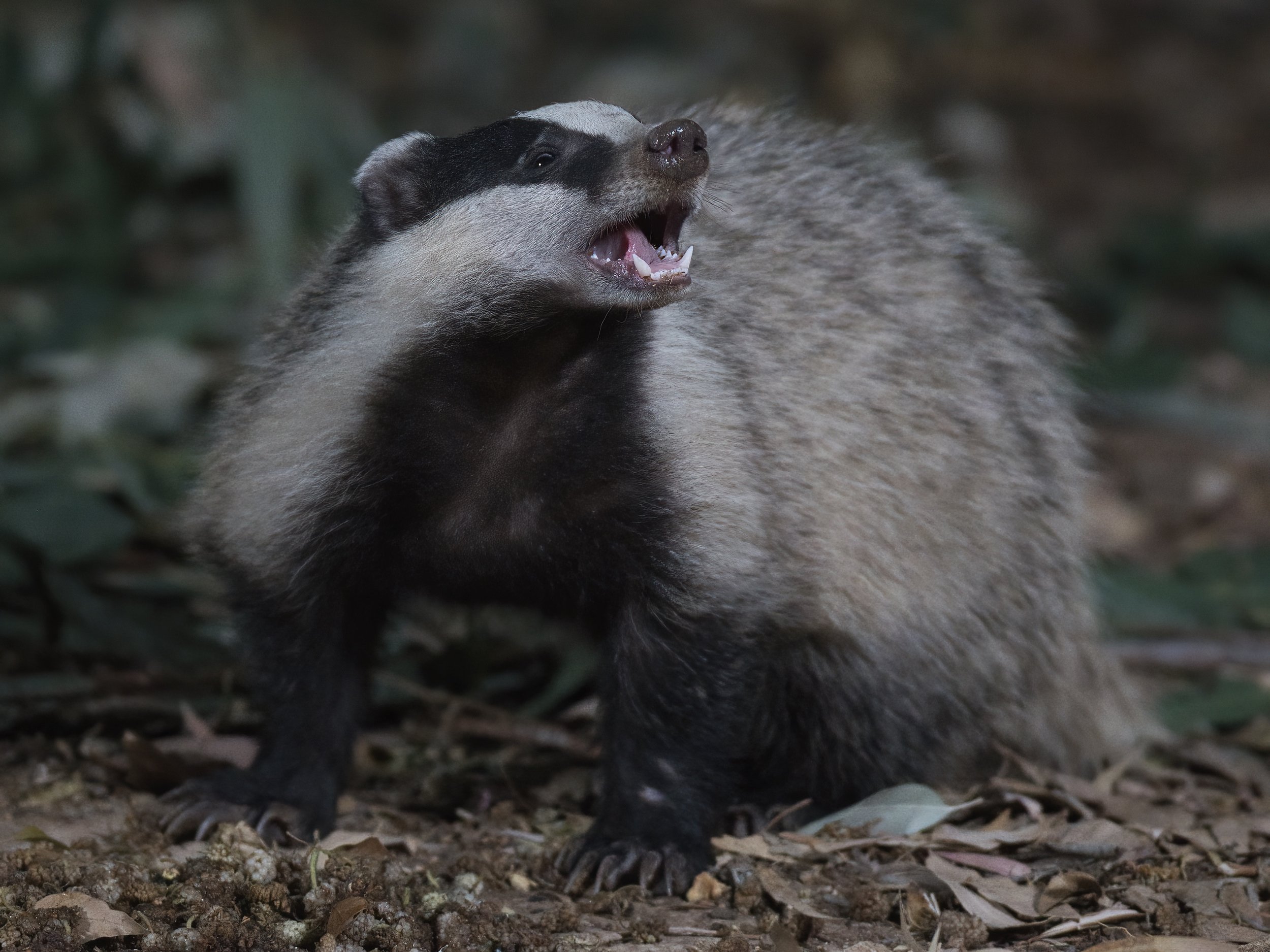
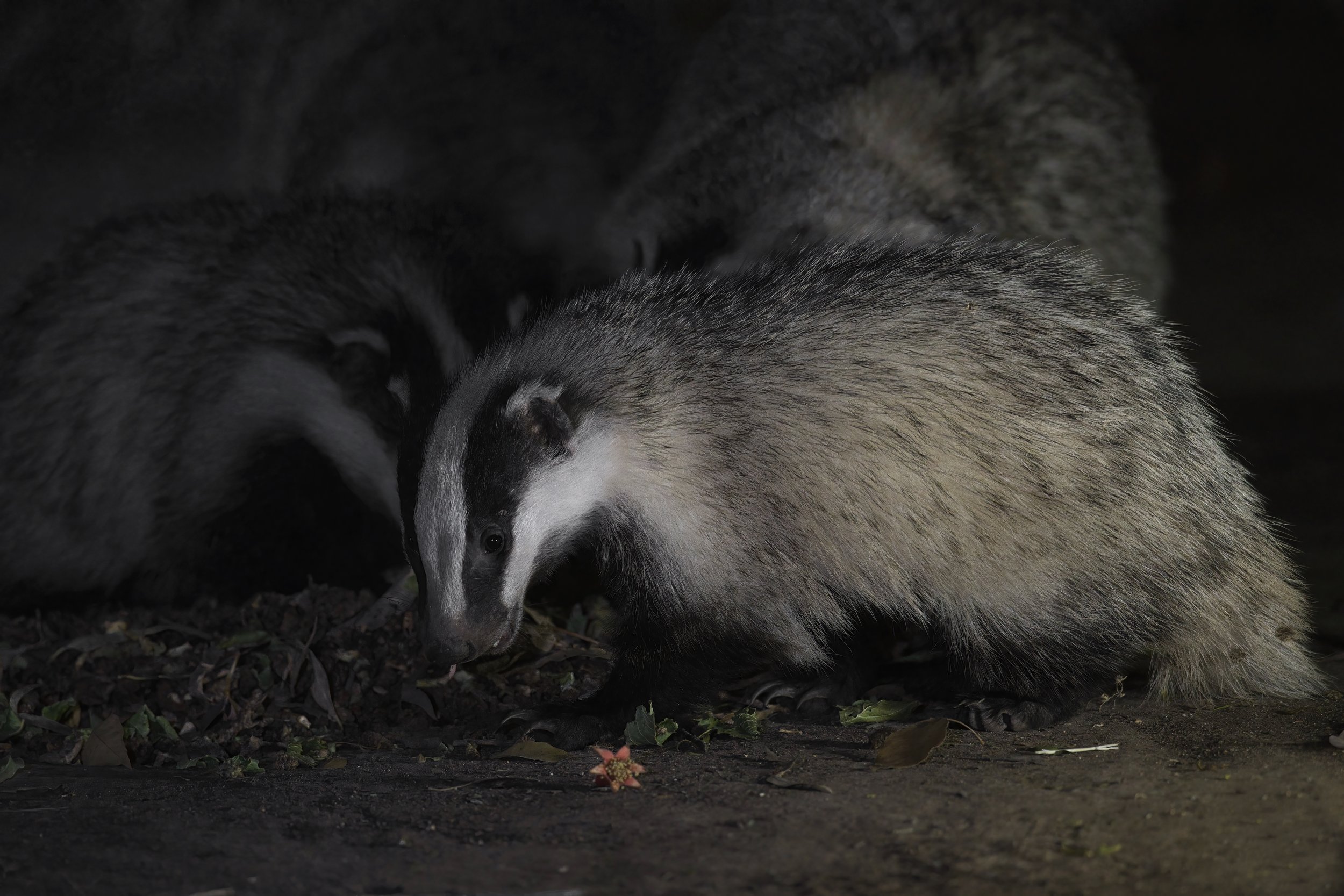
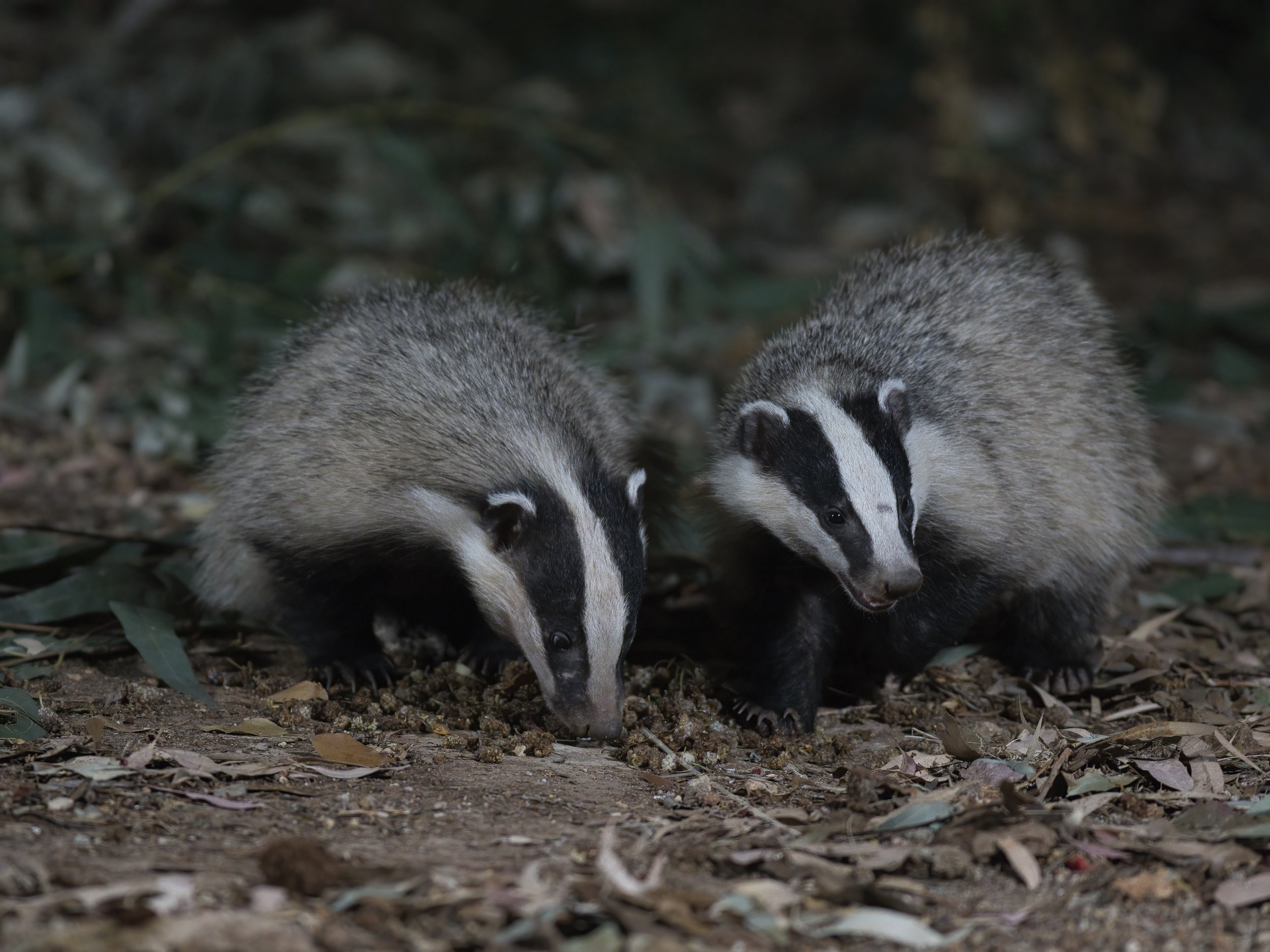

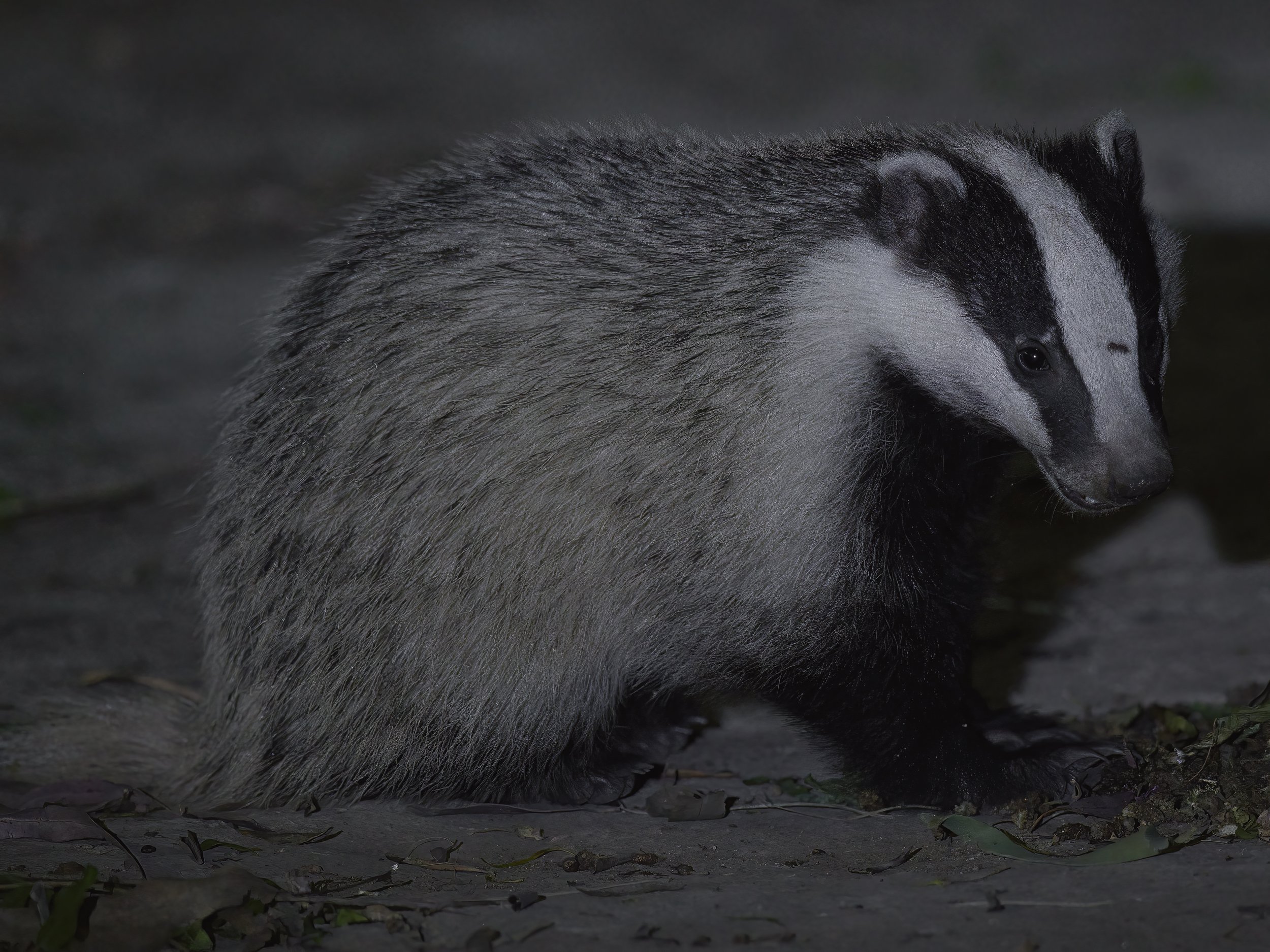
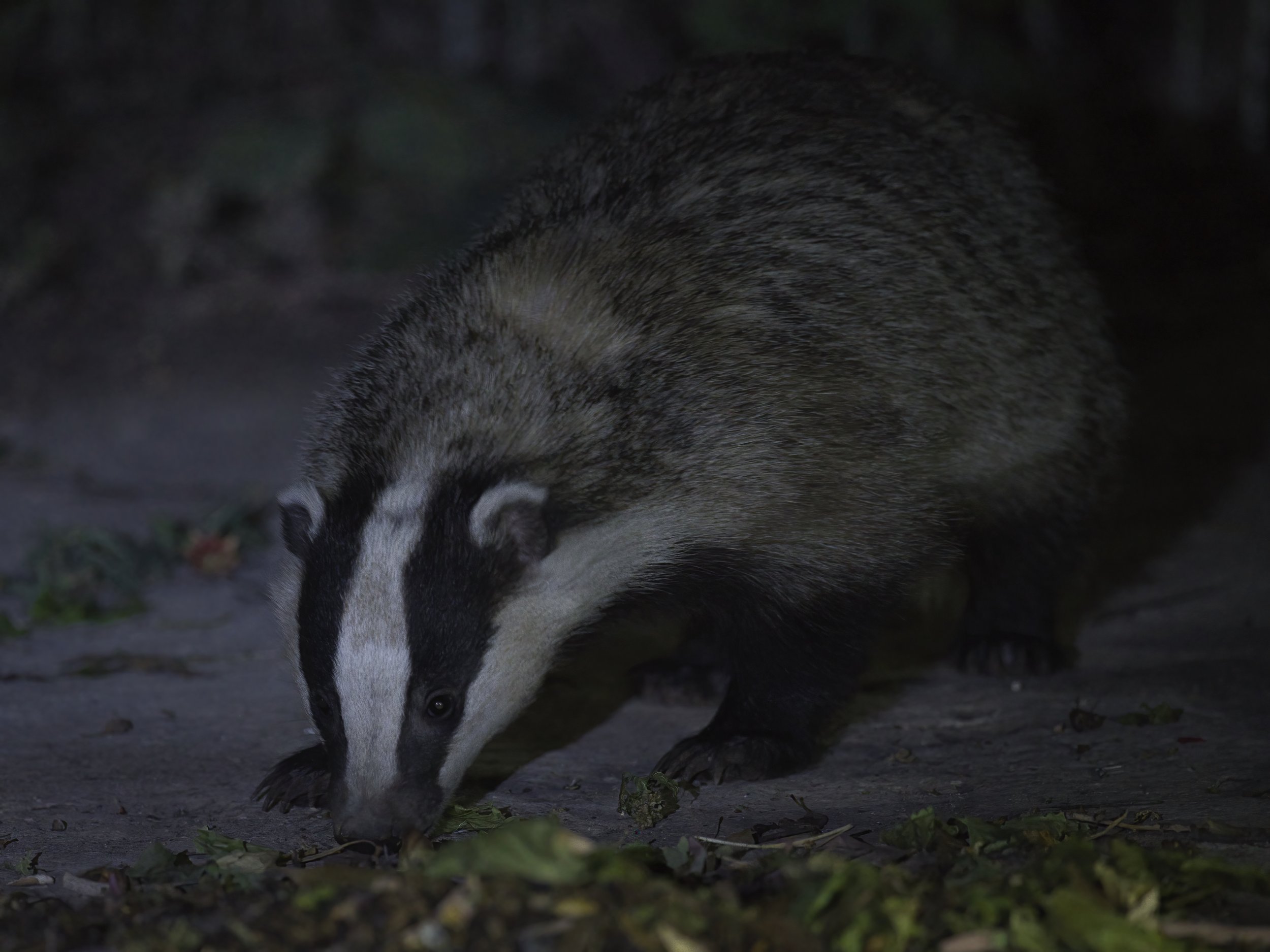
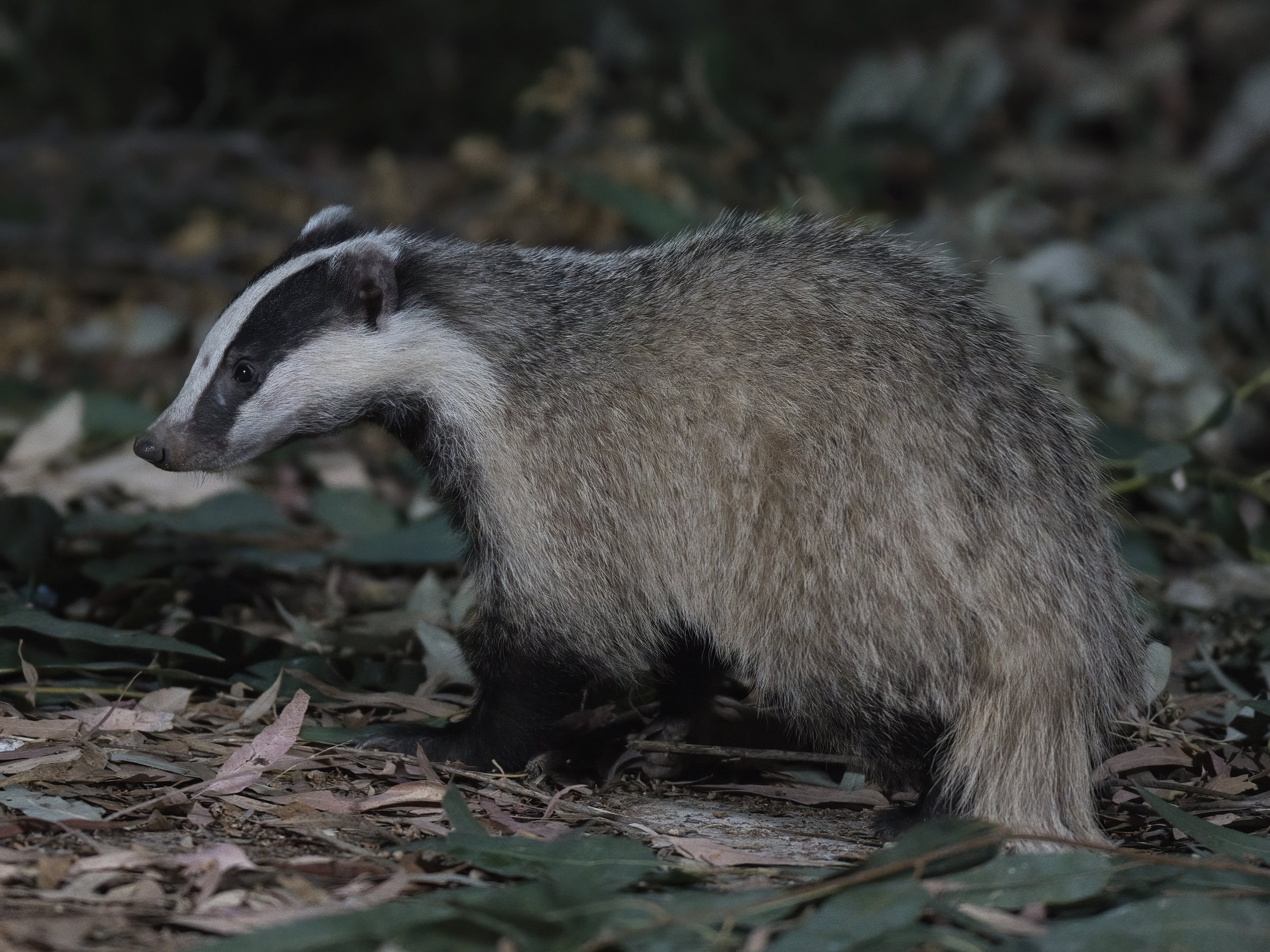
Geographic Range: The European badger is widespread across Europe, extending from Ireland and Great Britain to the eastern regions of Russia. They are also found in parts of the Middle East and are absent only from Iceland, northern Scandinavia, and some Mediterranean islands.
Preferred Environment: Badgers favor environments with a mix of woodland, pasture, and arable land. They are adaptable and can be found in forests, farmland, suburban areas, and even urban settings. They prefer areas with loose soil for easy digging and access to water sources.
Size and Weight: Adult badgers typically weigh between 7 to 13 kg (15 to 29 lbs), with some individuals reaching up to 20 kg (44 lbs) before winter. They measure about 60 to 90 cm (24 to 35 inches) in length, including the tail.
Appearance: Badgers have a distinctive black and white striped face, greyish body fur, and short, powerful limbs equipped with strong claws for digging.
Nocturnal: European badgers are primarily nocturnal, emerging from their setts (burrows) at dusk to forage.
Social Structure: They are social animals living in groups called clans or cete, typically consisting of around 6 individuals, though numbers can vary. Clans share a communal sett, which can be extensive with multiple entrances and chambers.
Setts: These are complex, multi-chambered burrow systems that can be decades or even centuries old, passed down through generations. Setts are maintained and expanded regularly.
Omnivorous: European badgers have a varied diet that includes earthworms (a primary food source), insects, small mammals, birds, eggs, fruits, nuts, and roots. They are opportunistic feeders and will also scavenge.
Breeding Season: Mating can occur year-round, but there is a peak in late winter to early spring. Females exhibit delayed implantation, with fertilized eggs not implanting in the uterus until the optimal time.
Gestation and Birth: After a gestation period of about 7 months (including delayed implantation), females give birth to litters of 1 to 5 cubs, usually in early spring.
Lifespan: In the wild, badgers typically live around 5 to 8 years, although some can live much longer in protected conditions.
Scent Marking: Badgers use scent glands to mark their territory, communicate with other clan members, and establish social bonds.
Cleaning Habits: Badgers are known for their cleanliness, often creating separate latrines away from their setts to deposit feces.
| NOT EVALUATED | DATA DEFICIENT | LEAST CONCERN** | NEAR THREATENED | VULNERABLE | ENDANGERED | CRITICALLY ENDANGERED | EXTINCT IN THE WILD | EXTINCT |
|---|---|---|---|---|---|---|---|---|
| NE | DD | LC | NT | VU | EN | CR | EW | EX |



